At Design Cuts we’re constantly reviewing products for inclusion in our highly curated marketplace, and within our high-quality bundles. We’ve found time and time again, that many fantastic products are let down by poor presentation. Put simply, there is no point in spending months creating the best, most innovative, in-depth product on the market - if you then present it poorly, it just won’t sell!
So, to help you avoid the many pitfalls, here are our top tips on product presentation!
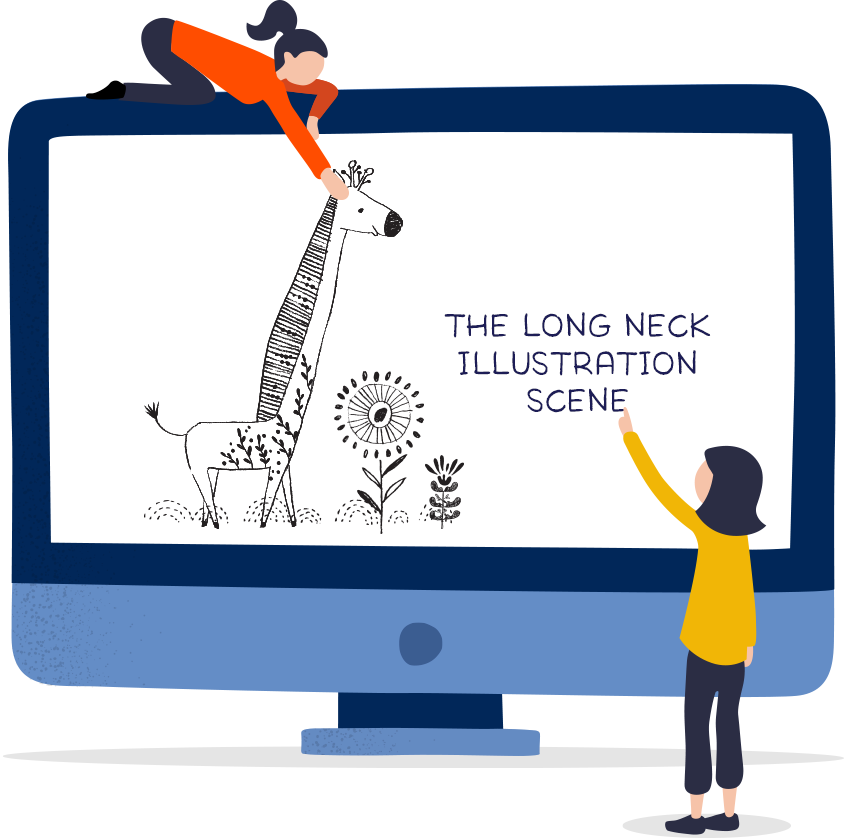
Key Takeaway
Show everything in your product, every single element, clearly and beautifully. Make sure you cover all the features and benefits of using your product, anything it does that competing products don't, and how it can solve your audiences problems. Include reviews, case studies and testimonials from designers who have used it in ‘the real world’.
Show Your Products ‘Value Proposition’
The key to presenting your product is ensuring you get across your products ‘value proposition’; the value proposition is all the elements which go into making the product attractive to customers.
How To Identify Your Products ‘Value Proposition’
-
Identify All The Benefits Of Your Product
Will it save your customers time by making the design process easier? Will it add polish to their designs and make them look more professional? This is your chance to really sell your product - tell your potential customer just how useful it is!
-
Describe What Makes The Benefits Valuable
If your product makes the design process easier, then your customer can fit more work into the same time, and make more money! If it makes their design work look more professional, that will help them increase the perceived value of their work and charge more for it. Spell out what makes your product so valuable to how they work.
-
Identify How Your Product Solves Their Problems
Maybe the problem is that the end client can’t ‘bridge the imagination gap’ - and has trouble imagining how your prospective customers' design work will look in its final application (we’ve all been there!) - and your fantastic product solves the problem by showing them how it’ll look on stationery, or on products, or on-screen. Connect with your potential customer, let them know that you understand them via their problems, and that you can solve them.
-
Differentiate Yourself From The Competition
What features of your product are different than or better than those of your competitor's products? If your product is higher resolution than all the competing products, if it’s easier to use, if it’s more authentic, if your brand has a track record of releasing similar high-quality products, if it comes with great bonus features - tell your potential customer all about it. Don’t be afraid to point out just how much better your product is than the competition!
Branding Mockup Essentials
Keeping along the same product lines as our breakdown above, the hugely compresensive Branding Mockup Essentials by Mockup cloud is a great example of showcasing a products value proposition. Highlighting the quality of the product, ease of use and also the time saving aspects that using a mockup bundles brings.
It’s All In The Cover - Stand Out
The quality of your product cover is crucial to selling your product. If it doesn’t stand out against the competition, they may never get as far as clicking through to finding out more about the beautiful product you’ve created!
What To Include In The Perfect Cover
-
Brand Logo
Make sure your logo, or logotype is included on your cover. Even if you don’t have a well-established brand yet, people are used to seeing logos on credible products, so, it will instantly help give your product more credibility. It will also help build that all-important ‘brand equity’ (the reputation of your brand - see our branding article) which you can use to help sell products in the future.
-
Outline Your Products Value Proposition
Make sure the name of your product, it’s supporting text and imagery outline your products value proposition.
-
Depth Of The Product
Assuming you’ve been following our other articles, your product is packed with loads of features, hundreds if not thousands of elements and extras, tell the potential customer they are there!
-
Product Compatibility
If it's a product where software compatibility is very important, such as a brush pack, indicate which packages it is compatible with (for example Procreate only).
Cover Design Tips
-
Try To Pick The Best Bits
There will be quite a lot you could include if you’ve been as thorough with your product creation as you should have been! So, you may have to be selective about what you add to make sure you get across the best points of your product - without leaving your cover cluttered and busy, which would detract from its impact, clarity and legibility.
-
Design It In Place
Take a screengrab of most popular products in your product category on the top marketplaces, then embed your cover design into the page and place it in with the other products (why not change the product name under it as well, and the price to your prefered price!). Does it stand out favourably? Would you rather click it than the competition? Be honest with yourself, if the answer is no, keep on refining the design until the answer is yes. Show it to other people and designers you trust for a second opinion, it’s hard to be objective!
It's much easier to see how the cover competes with products within its category, once it's shown in a marketplace setting surrounded by its competitors, rather than on its own.
-
Make It Stand Out
It’s been shown in studies on conversion rates that colour converts better than black and white. It’s easier to draw attention using colour than it is by using black and white, it also allows you to fine-tune the emotional response from the viewer by carefully choosing your colour palette. So, whilst it is possible to use black and white in your cover for high impact - going colour may be the ‘easier win’ if you want to maximise visits to your product. For the same reason, be wary of very muted colour palletes, don't oversaturate with colour to the point where it's garish - but make sure it has impact.
If you do decide to go black and white, ensure your imagery is impactful and that it competes well with the other covers in its category - it's easy to do this if you follow our previous point of designing the cover 'in place'.
One of the identical covers above has 25% more colour saturation than the other - see how adding just a little more colour saturation can pull more attention.
-
Don’t Get Caught Up In Trends
If everyone is designing their cover in a flat palette with a leafy shadow effect over the top, that doesn’t mean it will convert. What it most likely means is that it’s a design trend and everyone is following it, you’re very unlikely to stand out if you follow it too. By all means, make your cover contemporary in terms of design, but try not to fall into clichés and trends which will just make your product look like ‘one of the crowd’. Instead focus on timeless design principles in regards to layout, colour and good messaging.
Hello My Love
The Hello My Love cover by the wonderfully tallented Debi Sementelli is a great example of ticking all the boxes when it comes to cover design. Debi reached out to the Design Cuts to request a collaboration in the presentation and launch of her fantastic new font, and we were absoltuely thrilled to help. We provided the cover design along with all the product previews and launched the font to our wonderful community, who absolutely loved it!
Free Cover Design Template & Learning Session
To help you get started I've created a free design template to base your cover designs around - and launched it with an accompanying learning session in our learning hub.
The template contains all the elements we recommend your include in your covers, plus a number of sample layouts to help you get started - and the session holds your hand through how to design product covers in detail!
Wow Them With The Previews - Show Everything
You’ve got your potential customer through to your product page with your amazing cover image. Now, ensure that you absolutely blow them away with the previews! Don’t leave them in any doubt of the absolutely massive value proposition offered by your product. Show everything!
Take away every last possible doubt in your customers’ mind that your product is anything less than the best on the market.
What You Should Include In Your Previews
Remember that value proposition you carefully put together? A great way to highlight the main points of that is in your product previews, here’s what you can show:
-
The Design Process & Backstory
If the product is hugely authentic, if it took months to create; if you got on a plane to outer Mongolia to source fabric from obscure backstreet bazaars, and then scanned it at hugely high res and painstakingly hand illustrated patterns from it - show that you did!
The backstory of your product creation will help to create a personal connection between you and your potential customer, and will ensure that all important impression of quality and authenticity in your product. If the potential customer starts to feel like they know you, that they can trust you, and that the product is high quality and unique, they are far more likely to buy from you. Also, don’t forget, you’re building that all important ‘brand equity’ - you associated this product with your brand, so the next product which they see being sold by you will also benefit from the perception being given by this product.
The World’s Greatest Vintage Collection
The World’s Greatest Vintage Collection by Vector Hut and Design Cuts illustrates beautifully how to connect with the potential customer through the design process and backstory. What could resonate more than seeing the designer hard at work putting the product together, combined with telling the customer how long it all took and connecting with them in terms of language (what designer doesn't understand the importance of caffeine in the design process!).
-
Everything
Remember, size matters, part of the value perception of your product comes from its size, if it’s a huge product it’s worth showing that it is. If you’ve collated and painstakingly cleaned up 1000 amazing vintage illustrations and converted them to beautiful high res vector. Show them, all of them, every last one.
As a potential customer I don’t just want to see some of the product and then wonder if the rest is good. Or see the first 50 large, then the other 950 so small that I can’t make them out. Or a beautiful but confusing composition of them and other elements you’ve dropped in to make it look more interesting, but that actually just makes the potential customer wonder what’s actually included.
Create a nice, clear, non cluttered layout/grid of them - sensibly categorise and beautifully label them with an attractive font (make sure it’s legible!), make it as easy as possible for the potential customer to see what they are getting and the great quality that they will be buying into. You can still give the layouts/grids design flourishes and make them look beautiful, but, show the product clearly, and show all of it.
The Stunning Wedding and Celebration Creator
It doesn't get much bigger than The Stunning Wedding and Celebration Creator, a collaboration between the amazing Pretty Little Lines and Design Cuts. Kris at Pretty Little Lines leaves the potential customer in no doubt of the absolutely huge size of the product - making absolutely sure they see the amazing value it offers!
The previews beautifully and clearly display the huge amount of elements which come in the pack. So much so that Lisa Glanz commented on the product saying: 'This is stunning Kris! Can’t imagine how many hours of work this took!'. When the most renowned product illustrators leave comments like that, you can be sure you hit the spot with your presentation!
Here's just a small sample showing a tiny section of one of the creators it contains, visit the product to see more.
-
Benefits & Value
Reach for that value proposition worksheet again, call out the benefits of using your product, and why those benefits are so valuable. Maybe your wedding photo filter pack allows you to quickly filter hundreds of wedding photos taken on a rainy day and colour balance them so they’re not so dark and gloomy, saving time and therefore money and making the end client happy! Maybe your cute illustration pack has everything you need to put together an amazing children's book in record time! Tell the potential customers all about it. Call it our graphically in a clear and beautiful way.
Kitchen Ready Mockup Creator
Back to Mockup Cloud again for this example; mockups are ideal for calling out benefits as they save so much time and money in the presentation process! Their Kitchen Ready Mockup Creator does a great job again of calling out the benefits of using their product.
-
How Your Product Will Solve Their problems
Specifically call out problems you know the customer has, and the ways that your product solves them. Perhaps your customer really struggles to create neat text in their designs, and your product makes it easy! Or, maybe it’s really hard to come up with realistic watercolour brushes and paper effects combinations, and your product has that covered.
Call it all out, show the details. Leave the customer impressed that you understand them and can help with their problems. Even if they don’t buy this product, your brand will benefit, and it’ll make it more likely for them to buy your future products.
Finest Vintage – Illustrator Brushes
Finest Vintage Illustrator brushes by The Artifex Forge is a great example of a product created specifically to solve customers problems. In this case, there had been requests from their audience to create vintage vector brushes for Illustrator which didn't stretch on long strokes; they created a beautifully presented pack of amazing brushes which did exactly that.
-
Differentiation
If your product is better than the competition, if it’s different in some crucial way that will make it irresistible to the audience - which, if you’ve read our articles on product creation, it should be. Now’s the time to call it out!
If the competition has 1000 illustrations, and yours has 5000, if theirs include 100 brushes, and yours includes 500, if they are difficult to use in some crucial way, and yours covers that base and makes life easy, tell them about it. Highlight it in a clear and easy to understand way.
TT Hazelnuts
TypeType are a go-to when it comes to high-quality fonts; going above and beyond with features and functionality such as multilingual support and OpenType features - which lesser foundries often fall short on. Their beautiful, clean, professional previews do a great job of differentiating them from lesser competitors. See a great example here with their clean and characterful font TT Hazelnuts.
-
Social Proof
We talked about the importance of social proof in our create your product article. If you put your product out pre-release to friends and designers to test, you’ve hopefully collected some really great testimonials, reviews and case studies (‘social proof’) for how amazing and easy to use your product is. Intersperse these, and the best bits of these through your product graphics, make them prominent. Social proof has been proven to increase sales, so it will be well worthwhile!
Grid Builder
Despite social proof being one of the biggest factors in increasing sales, it often surprises us how few products use it! So few, that despite us calling out Grid Builder in our previous article on how to create a digital design product, we're going to do so again - as quite simply it's such a fantastic example. The fact that so few products use it means that if you do - it puts your product at an absolutely huge advantage against the competition. It takes a bit of extra effort to gather, but if you can use it, you really should.
-
Real World Mock-ups / Brand Examples
There might be an ‘imagination gap’ between how you think your product can be used, and how customers can imagine it being used, that’s because sometimes it’s hard for your customers to imagine how your product will be used in the ‘real world’.
That’s where mock-ups and brand examples are absolutely invaluable. You can use them to show exactly how you can use your product, and the type of brands and applications it can be used in. Remember, the more final applications that you can show your product is useful for, the larger the final potential audience for the product will be, and the more useful it will be perceived by potential customers, which in turn, leads to more sales!
Magical Scene Creator
It's impossible to think product presentation without thinking Lisa Glanz! Lisa sets the bar not only for product design, but also product presentation. If you'd like to see how it should be done, we recommend looking at her products - she's the go-to!
The amazing Magical Scene Creator is a fantastic example - showing lots of beautiful mock-ups which bridge the imagination gap showing potential customers how the product could be used in the 'real world'.
The International Brand Collection
Also worth a special call-out is the amazing International Brand Collection by Julia Dreams. If you're looking to have as wide an appeal as possible for your product, and maximise its sales - it's important to show as many and varied real-world examples for your product as possible. The International Brand Collection does an amazing job of this.
It clearly shows that it's perfect for; branding, stationery, book design, packaging, fabrics, cosmetics, ceramics, and that it focuses on not one but eight locations for across the globe!
-
Before & After
If your product transforms something from one look to another; such as a filter, effect, or mock-up, show before and after images of it in action. They are an incredibly effective way of showing how good the product is.
If your before and after is based on a photographic image, make sure the image is really high quality; sharp, detailed, beautiful, and that it works well with your product. Unsplash is a fantastic place to get free high quality imagery, and you’ll be able to use them without worrying about copyright.

Tip
One final thing of note: make absolutely sure that the after looks better than the before. We get a lot of products requesting addition to the marketplace where the after actually looks worse than the before. We can't let them to our marketplace as customers simply won't want to buy them. So, try and be objective, or show them to designers or friends whose eye you trust for honest feedback.
The Ultimate Texture and Photography Kit
Textures instantly transform photos and enhance their appearance, so they are a fantastic example of how you can showcase before and after. The hugley comprehensive The Ultimate Texture and Photography Kit by 2 Lil Owls shows this perfectly, with lots of wonderful examples to entice the prospective buyer!
-
What Your Product Is ‘Perfect For'
If you have applications in mind that your product is perfect for, tell your audience. Don’t expect your potential customers to join the dots and work it out for themselves. Remember, the more applications you can prove your product is perfect for, the more useful it is to potential customers, and the greater your chance of selling the product.
Montreux Grotesk
The amazing and hugely versatile Montreux Grotesk by ROHH foundry leads with what it's perfect for, so, within seconds of looking at the previews, you know the three variations of the font are perfect for a huge number of brand applications! Then, just in case you were in any doubt the previews go on to show the font being used in those applications!
-
Best Features
Highlight the best features of your product, make it clear within all the other features that these are the ones which really make your product special.
Ultimate Universe Creator
The Ultimate Universe Creator by Skybox Creative ticks all the boxes when it comes to product previews, including doing a great job of calling out the best features of the product!
Vintage Inspired Animals Portraits & Botanicals
Another fantastic example of calling out the best features can be seen in the beautiful Vintage Inspired Animals Portraits & Botanicals by Lisa Glanz, we call out Lisa's products again and again - as she really is the best of the best when it comes to product presentation!
-
Bonuses & Extras
Callout the extras and bonuses you’ve kindly included with your product. Show how useful they are and how much great additional value the customer is getting. Everyone loves to feel like they are getting something for free, especially if whatever that something is looks like it’s hugely useful and amazing quality!
Smitten Semi-Script
The beautifully artistic Smitten hand inked typeface by the incredibly talented Callie Hegstrom, highlights perfectly how to use bonuses to help sell your product. The font comes bundled with lots of bonuses, including 50 complementary hand drawn vector illustrations, 6 ink splatters and 4 hand painted ink textures!
Make It Beautiful
You’re a designer, selling a design based product to designers, it goes without saying that if the presentation is beautiful, they’ll be more likely to get excited and engage with your product!
Whilst it’s not possible to learn great design overnight, and not every product creator is a graphic designer, it is possible to use solid, basic design principles which will help your design be stronger. Here are some of the things your can do to help:
-
Study
See what the most popular designers there are doing to present their work in a nice, impactful, engaging way, make notes on the best bits and don’t be afraid to take influence from their ideas. It’s not good to copy, but you can take direction from them and then give it a unique twist to ‘make it your own’.
-
Practice
Don’t expect to nail your product presentation first time around, it’s going to take time. But, it’s time that’s well worth investing, after all, there's no point in spending months creating an awesome product if it’s let down at the last hurdle by the presentation. Remember, any time you put in now is an investment - it'll also help you to present future products in a more professional way which will bring you more sales.
-
Use Negative Space (areas within your design which contain no design elements)
Don’t clutter your designs, good design uses empty space to balance out design elements, leaving the final design uncluttered and easy on the eye.
-
Balance (inherent ‘rightness’ in the design)
It’s not easy to teach balance, it’s something which can take years of graphic design practice to achieve. But, the easiest way to see if your design is balanced is it is to look away from and back at your design frequently.Then, be honest with yourself. Does it feel ‘right’, does it feel ‘comfortable’ - quickly note down any first impressions you get, often these are right and following them can lead to a stronger design. Try changing your design based on those impressions, then contrast with the original. Which is better? Over time you’ll see which impressions are right, and which are wrong and it will help fine tune ‘your eye’.
-
Use Nice Fonts
A big part of the design work will be picking the right fonts. Don’t use too many, try to keep it to just a couple, select ones which complement each other. Choose something that’s got character and which complements your designs, but is still legible. If you’re unsure what kind of font will go with your product, look at other products which have a similar style of presentation to yours, and see what fonts they are using as a starting point.Don't forget, if you're looking for great high-quality affordable fonts you can also check the articles in our learning section - we've released lots of articles that highlight the best of the best on a budget in our marketplace.
-
Use Your Product To Design Your Cover & Preview
What better way could there be of showing off your beautiful product, than using it, and elements from it to help design your cover and previews!
The Comprehensive Paper Craft Collection
The amazing Comprehensive Paper Craft Collection by The Artifex Forge, is a wonderful example of how to use a product to beautifully present itself.
An incredibly engaging cover is followed by lots of beautiful previews illustrating the product; including previews showing real world mock-ups of the product in action, every element of the product to show it's huge size, details of its authenticity and clear callouts to its best features! You're left in no doubt that it's an awesome, high quality product!
Product Intro Video
Whilst we’d recommend concentrating on your cover and preview content and quality first - intro videos are a great way of helping to convey product benefits that can be hard to get across in static images.
Reasons To Consider Intro Videos:
-
Extra Engagement
They provide an extra level of engagement for anyone who might be interested but needs the final nudge ‘getting over the line’.
-
Differentiation
They can help differentiate against competing products which don’t have them.
-
Dynamic Demonstration
They help demonstrate things which are harder to show in static previews, such as:
- Products ‘in action’ / how easy the product is to use
- Bundled tutorial content
Some Things To Bear In Mind:
-
Don't Just Repeat Your Preview Content
Layer on extra value in your video, highlight things that are hard to show in static previews - rather than just repeating your product previews in slideshow which can just be repetitive.
-
Don't Repeat Your Product Cover On Your Video Cover
Your video will be shown near your product cover - having the same cover on both will make your audience less likely to engage with the video. Instead look to call out something different visually on the cover with a nice call to action such as 'hit play to learn how to create cute paintings'.
-
Voiceovers Increase Engagement
Voiceover helps with engagement and adds a ‘human touch’ - this is your chance to tell your potential customers how lovely your product is and to make a personal connection to you and your brand.
-
Don't Make It Too Long
Ideal length is between 1 and two minutes, our video player stats show that on average 75% of customers watch the intro video up to 1 minute 30 seconds, but only 50% are watching by two minutes in, dropping steadily after that. So, it's important to get your key points in, and engage as much as possible in the first one and a half minutes.
Things you Can Include to Increase Perception of Value:
-
Ease of Product Use
How easy / effortless it is to use the product.
-
Product Features & Benefits
How fully featured the product is and how it will benefit their working process; speed it up, improve quality etc.
-
Your Target Audience
Who the product is for; ‘whether you're a beginner just starting out, or an experienced artist looking to work deeper into the painting process…’
-
Product Enjoyment
How the product will benefit them in terms of enjoyment; ‘sit back, relax and enjoy using the pack for…’
-
Potential Final Outcomes (Bridge The Imagination Gap)
Bridge the gap to potential final outcomes, show how useful the product can be! For example flag if it’ll be perfect to create beautiful artwork for use on fabrics, or to add to products to sell in your own shop etc.
-
Problems & Solutions
Show you understand their problems and that the product solves them; ‘do you struggle to easily get realistic details within your paintings, or find you struggle to select the right brush? You need no longer worry as this pack will help by…’
-
Bonuses & Tutorials
Detail where you’ve gone above and beyond with your product, such as with guides or tutorials.
-
Compatibility & Usefulness
Cover software compatibility if the product is multi software, or show how it’s constructed to be as useful as possible to as wide an audience as possible (png versions of vectors also included etc).
-
Product Depth / Size
Briefly cover the depth of the product, how many elements it has, show it’s comprehensive.
-
Combination Can Increase Messaging Strength!
The elements listed can be combined to add even more value, for example you can combine calling out the depth of the product, with the benefits of that depth. If it’s a guide pack to aid in quick drawings for example, having lots of guides at lots of angles could help them to quickly and effortlessly create beautiful new artwork.
Example of All Elements Above:
Here’s a fantastic example of all those things in action in a product video from Kris Lauren. In her wonderful Character Brush Box – People Edition:
Don’t panic! This can all seem a bit daunting, Kris has been producing products and video content for years!
Check out the section below for how you can get started out with simple product videos, which are still valuable - then slowly over lots of time level up to Kris’s level!
Getting Started - Slowly Level Up Your Videos
You don’t need to be a ‘Premier wizard’ or have a recording studio to put product videos together. They can be as simple as recording your screen whilst using the product and dropping a few well timed text callouts over the top of the content.
Start simple and build up over time, remember setting your sights too high initially in terms of complexity can run the risk of leading to stress and creative overwhelm! There is benefit to be found at all levels of video complexity.
Here are some great examples of how you can slowly level up:
Simple Product Video
At the simplest level, shown here by the fantastic Shader Invader Brushes by Pixel Buddha - you can record your screen and show the product in action! This is still a great way to bridge the imagination gap and show how well your product works!
Simple Video With Callouts
Once you’re comfortable with showing your product in action, you can think about adding some features and benefits callouts. As shown here with the wonderful Inspired Lettering Creative Builder by Nico Ng.
Simple Video With Effects
You can slowly build complexity in terms of effects both in terms of the visuals and music - but remember, don’t add them for the sake of it. Only if it will help add engagement to your content. Photo Spirit does a great job of layering them in with tempo in her Photo Time Machine – Vintage Effects & Overlays Collection
More Complex Video With Callouts & Simple Effects
You can then build it up further - graphically flagging many of the elements we recommend - as seen here in the awesome Procreate Print Works by Uproot Brushes.
More Complex Video With Voiceover
For maximum engagement, as seen here with Kris Lauren's Cute Artist Studio you can work towards appearing in your video’s - flagging all of the elements we highlighted above to convey the value of your product in as engaging a way as possible. Resulting in something hugely authentic which not only helps to sell this product - it builds on your brand too, helping to sell the rest of your product folio.
Tutorial Based Video
A really great and engaging tactic can also be to combine your product introduction video with a free tutorial! You can see that being used here by Lisa Glanz in her The Nitty Gritty Brushbox.
Here's how to do it:
- Create a tutorial on YouTube or similar, which gives free value by showing how to do something useful with your product. This can be a lead into buying your product for your audience as you can share it with them as useful content, it may also get found in YouTube searches and increase sales over time (so, it's worth keeping search in mind and finding a topic lots of people may want to learn).
- Combine that with a callout on your product cover - for instance, you could say on the cover 'learn how to create whimsical art just like this':
That then not only helps to market your product - but also adds as proof for how well the product works when you add the video to your product page, helping to increase sales of the product!
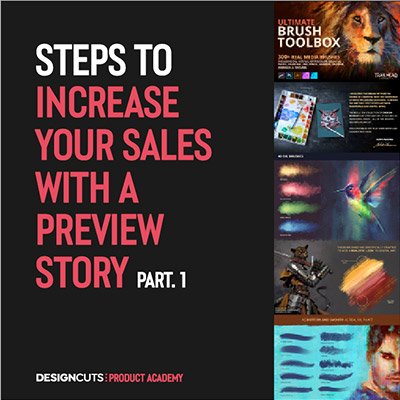
Increase Your Sales With A 'Preview Story'
Think of your product previews as a story; with a beginning, a middle and an end - it's important for your sales to captivate your audience right from start!
From picking it up and looking at the cover, to reading the introduction, to being given interesting 'hooks' to pull them in further, to the main body of content - right through to a finale!
I've covered exactly how to do that recently in a series of preview story of posts in my Instagram.

Product Previews & Mock-ups Action List
- Establish and make notes on your products ‘value proposition’.
- Create your cover including:
- Your logo.
- The best points from your value proposition.
- An indication of the size of your product.
- Design your cover:
- ‘In place’ (over a screengrab of the most popular in your targeted product category listing page).
- To be uncluttered & colourful/eyecatching.
- Don’t get caught up in design trends.
- If possible use your product to create your cover or elements of your cover design.
- Create your previews to:
- Include the design process and the back story.
- Show everything (every element included in your product).
- Include callouts to the benefits and value of using your product.
- Include how your product will solve their problems.
- Include any differentiating points (why it’s better than other products it’s competing with).
- Show ‘social proof’ (reviews and testimonials).
- Show ‘real world’ mock-ups and brand examples of how it can be used by designers to create work for their clients.
- Show ‘before and after’ (if the product transforms something from one look to another; such as a filter, effect, or mock-up).
- Callout what your product is ‘perfect for’.
- Highlight your products best features.
- Show software compatibility.
- Show any bonuses and extras included in the product.
- Ensure your cover and previews are beautiful to maximise appeal with the design audience.
- Add a product intro video to:
- Increase engagement and help get undecided customers 'over the line'.
- Demonstrate elements which are hard to show with static images such as your product in action, how easy it is to use and tutorial content.

About The Author
Matt Slightam is Co-founder and creative director at Design Cuts. He's creatively directed some of the biggest digital design products on the market - working with many leading designers such as Shoutbam, Trailhead, Latino Type, Pretty Little Lines, ROHH, Julia Dreams and many more.
Matt puts out regular useful content to help designers via Instagram, and can be found at @mattslightam
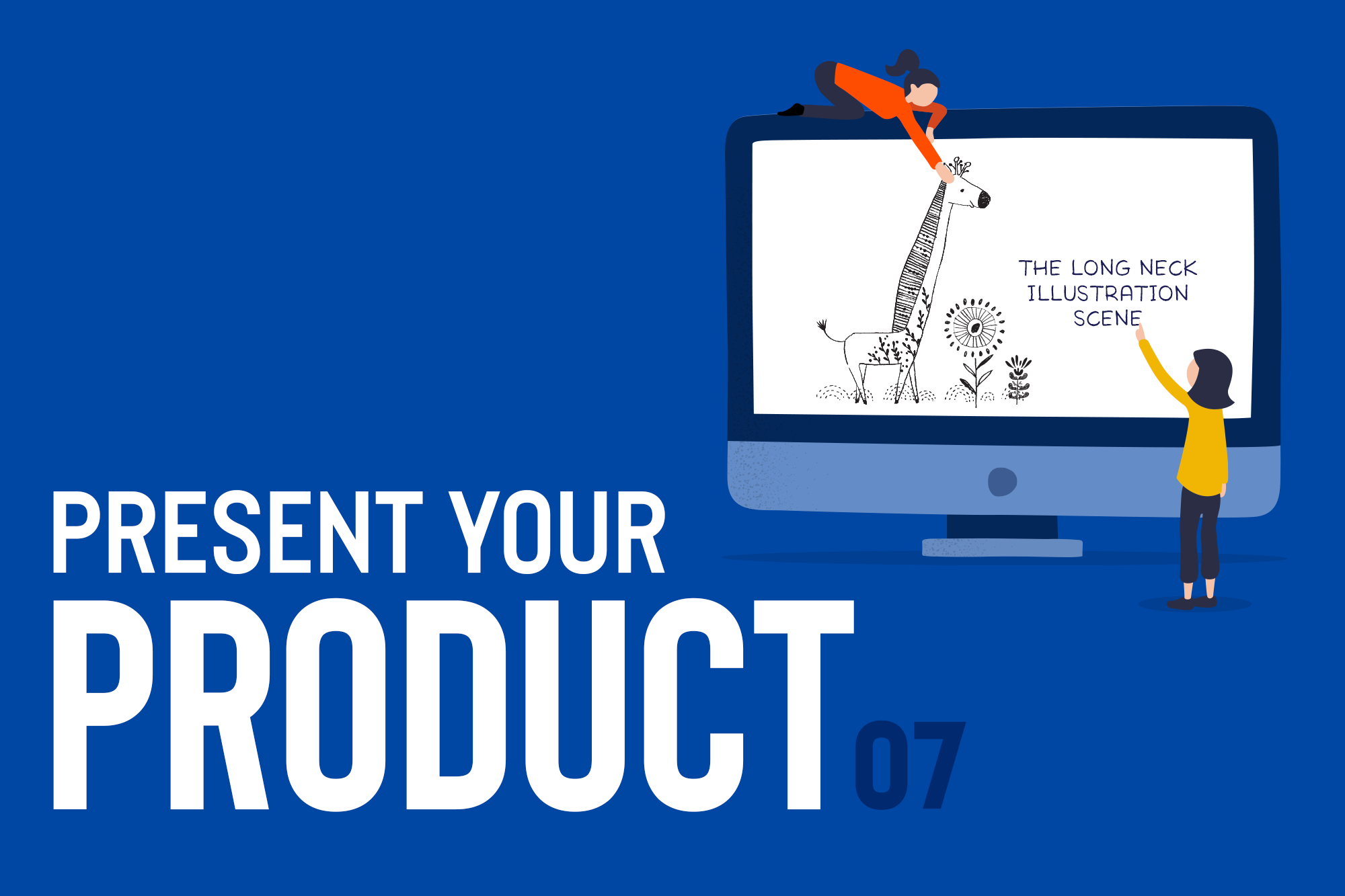
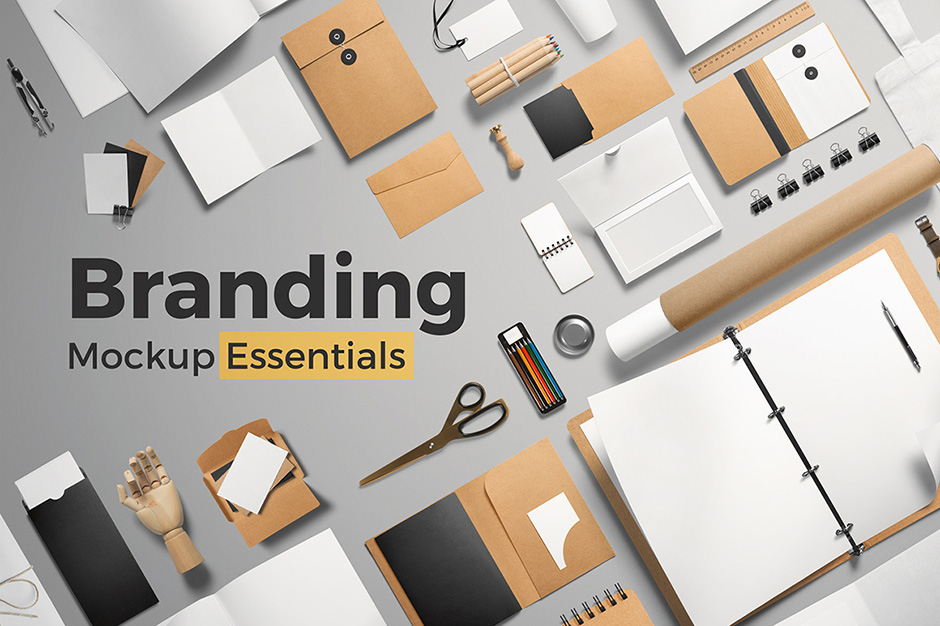

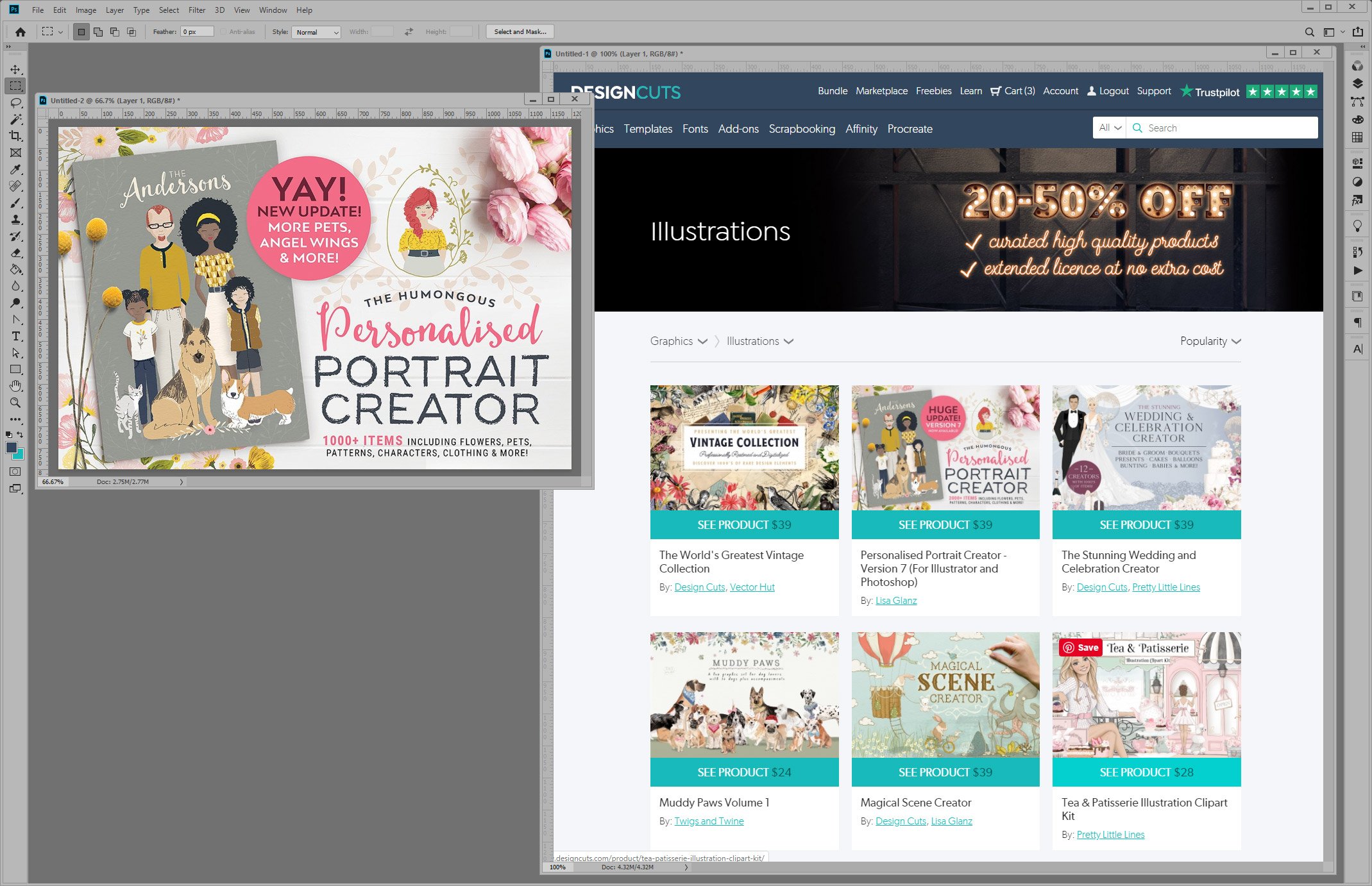
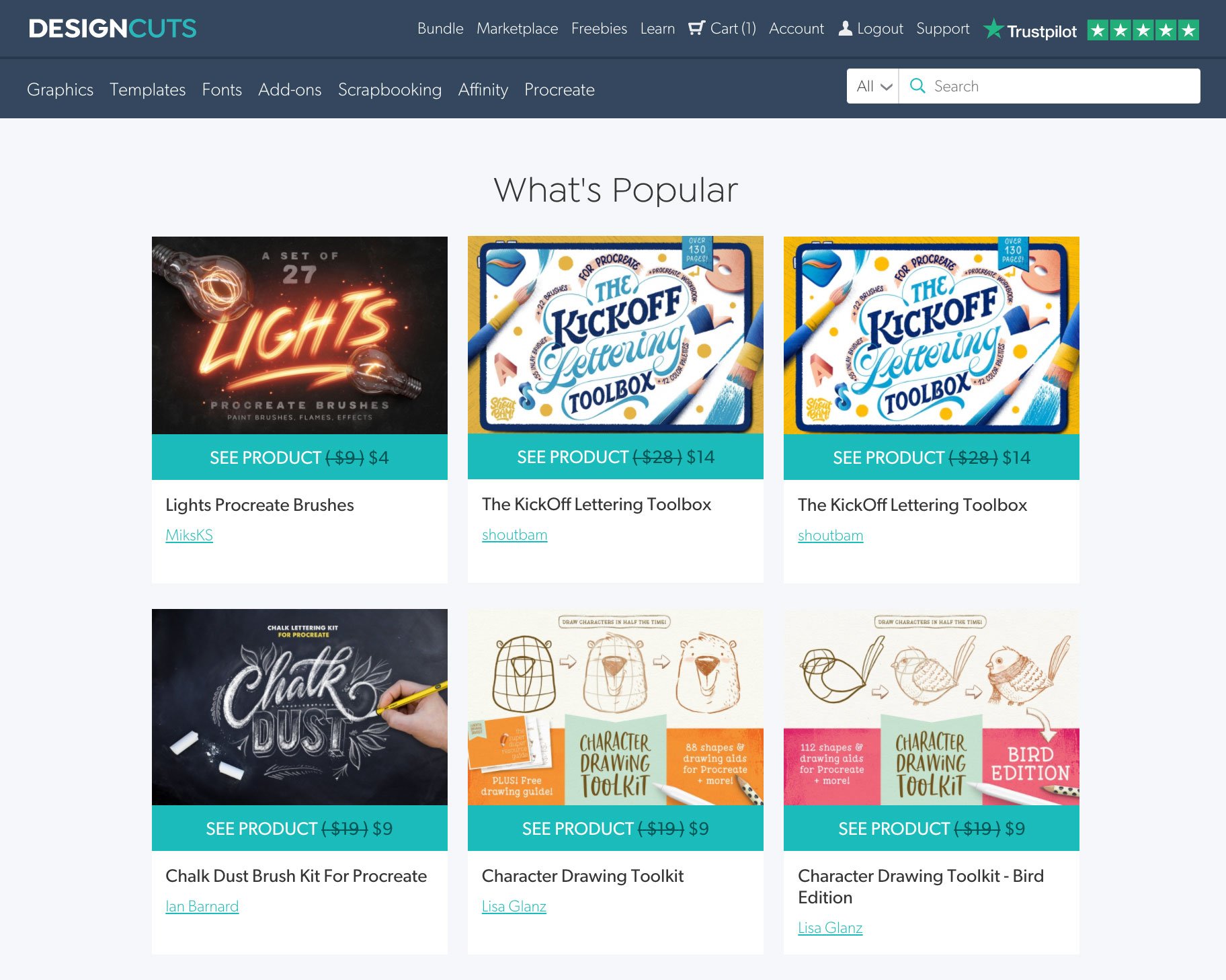
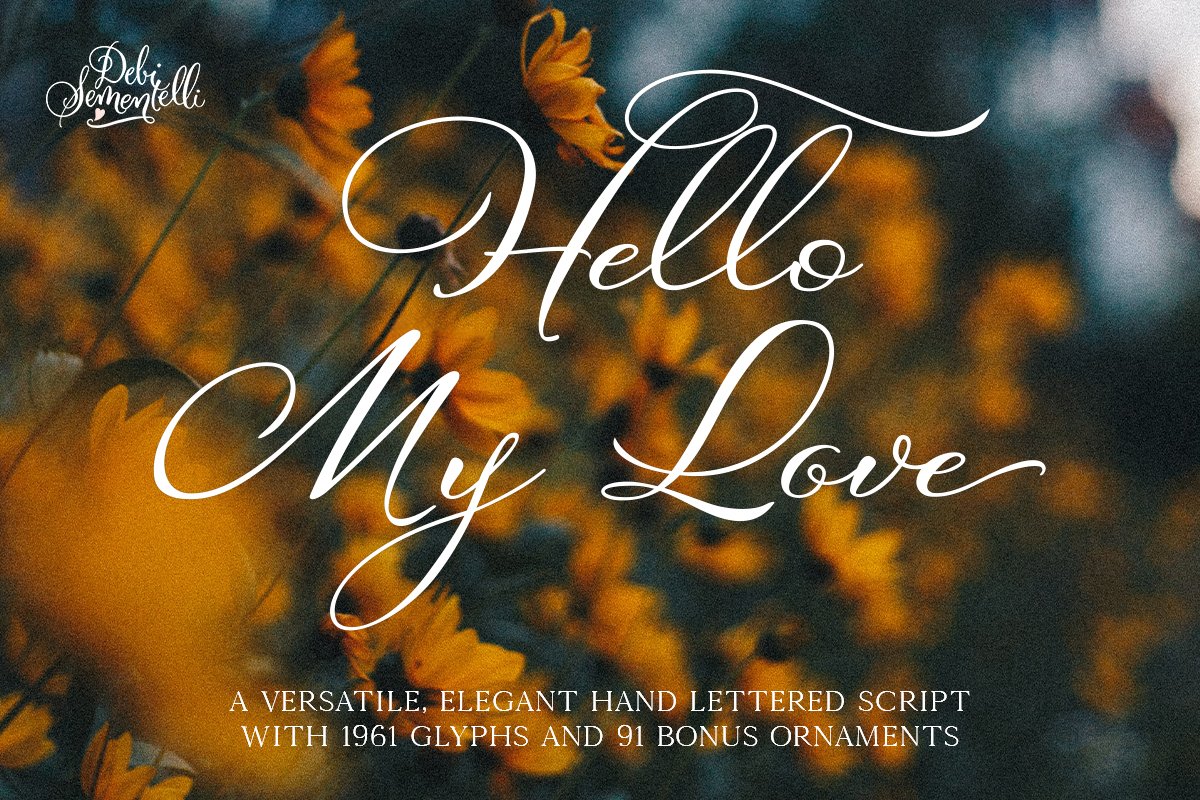
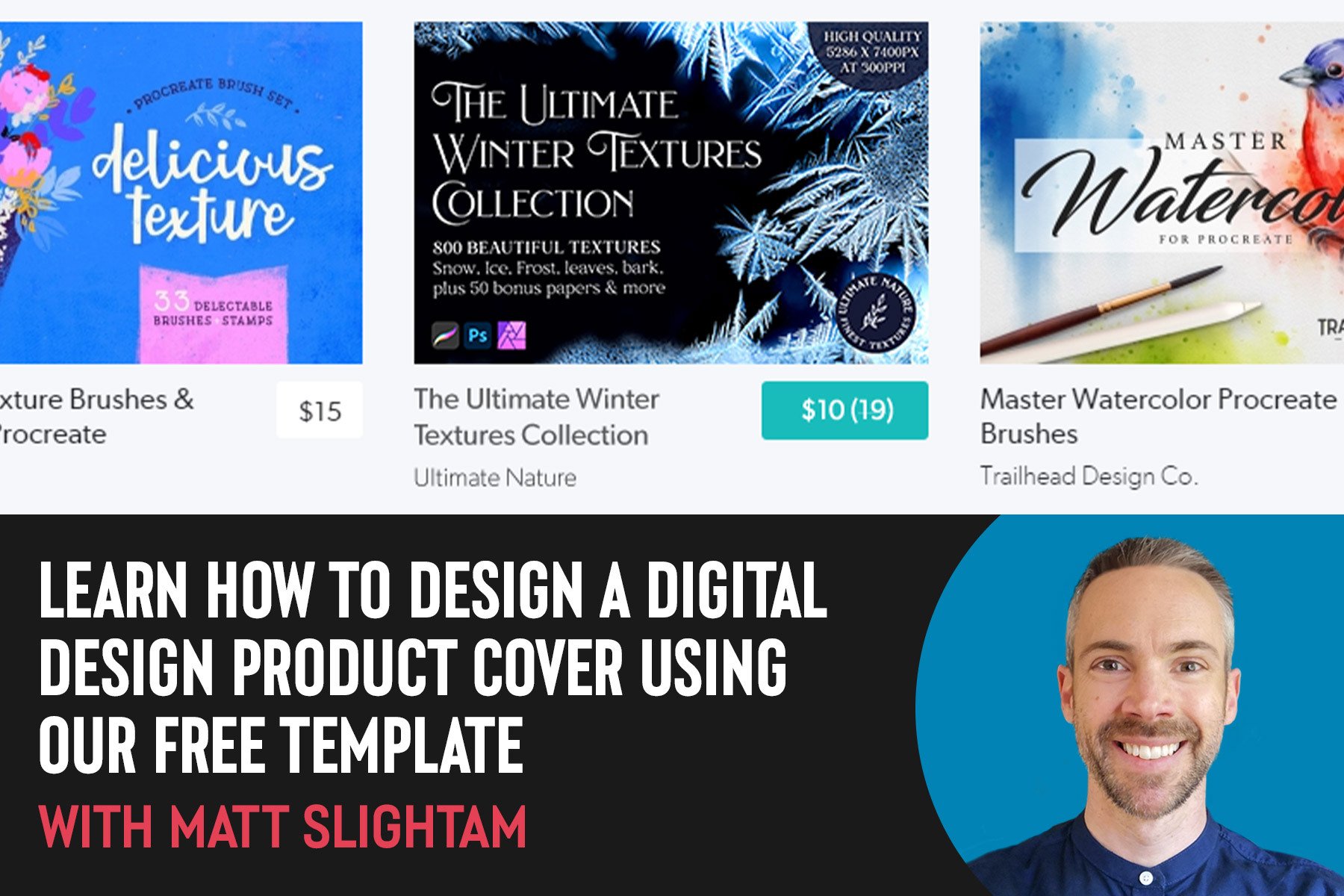

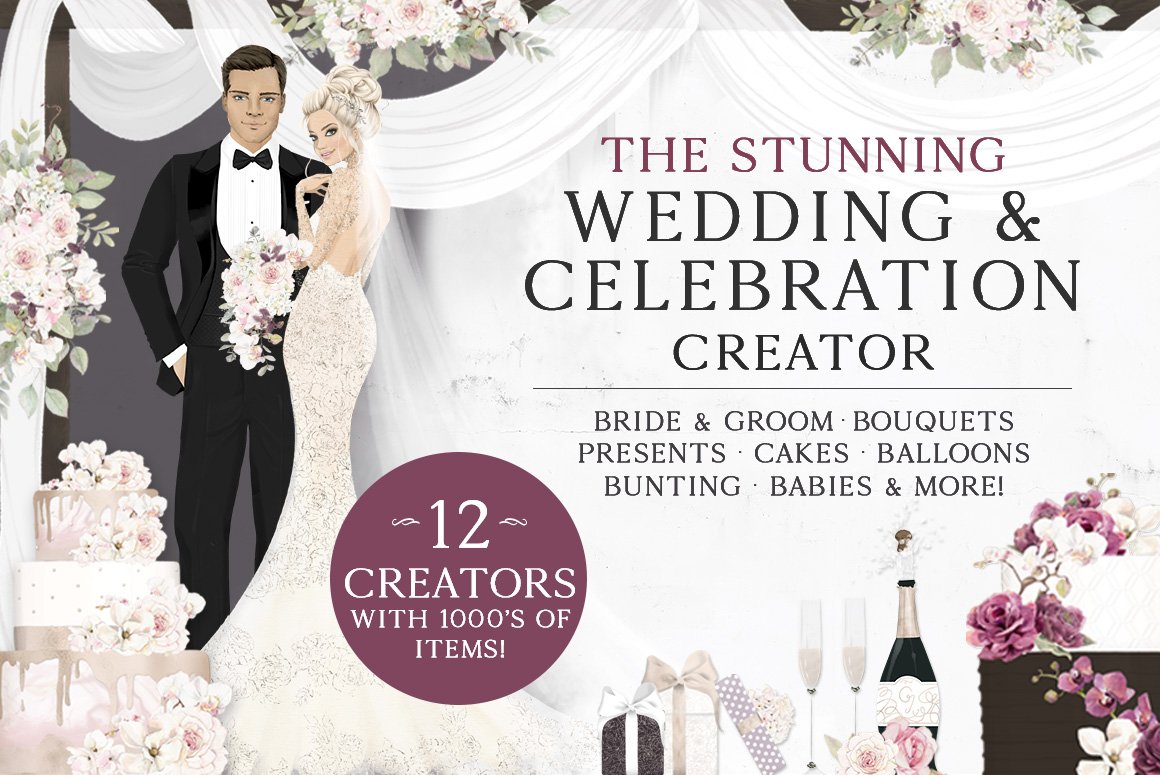
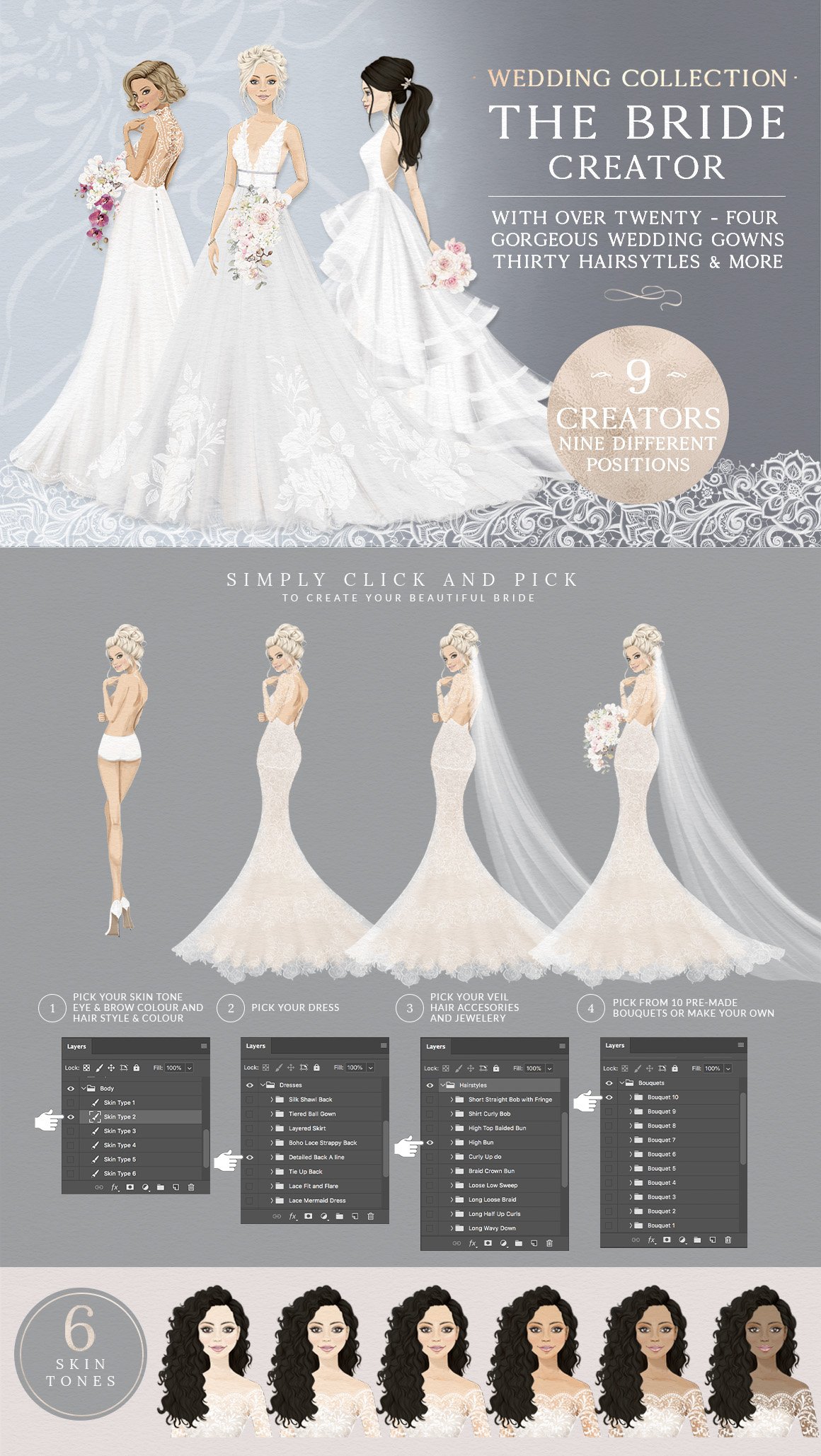
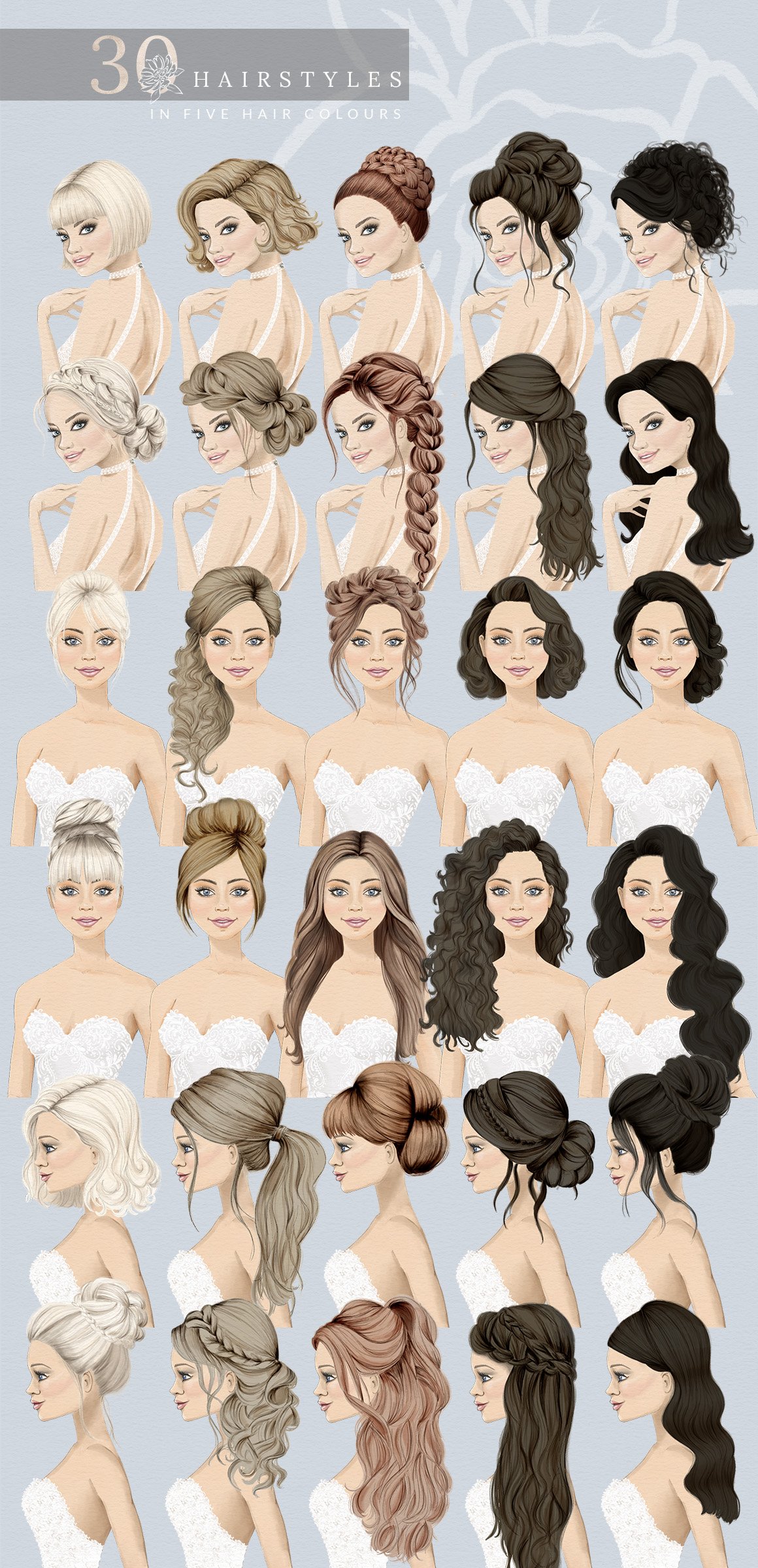




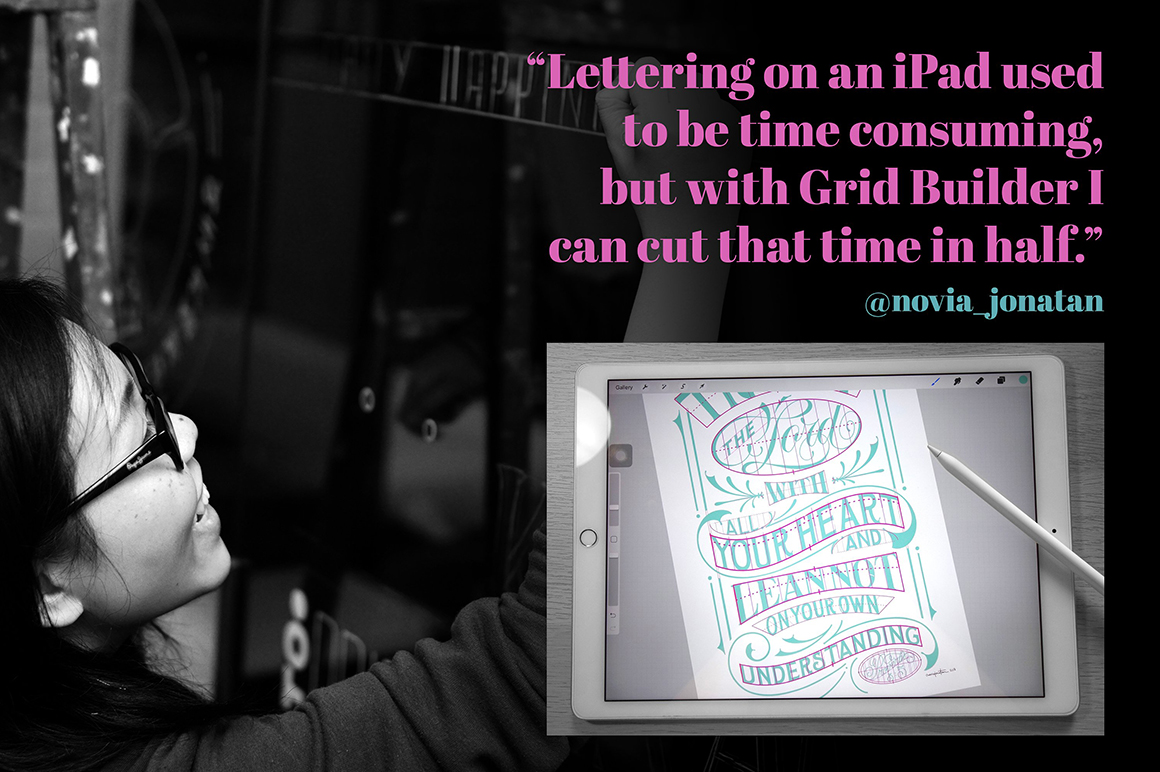
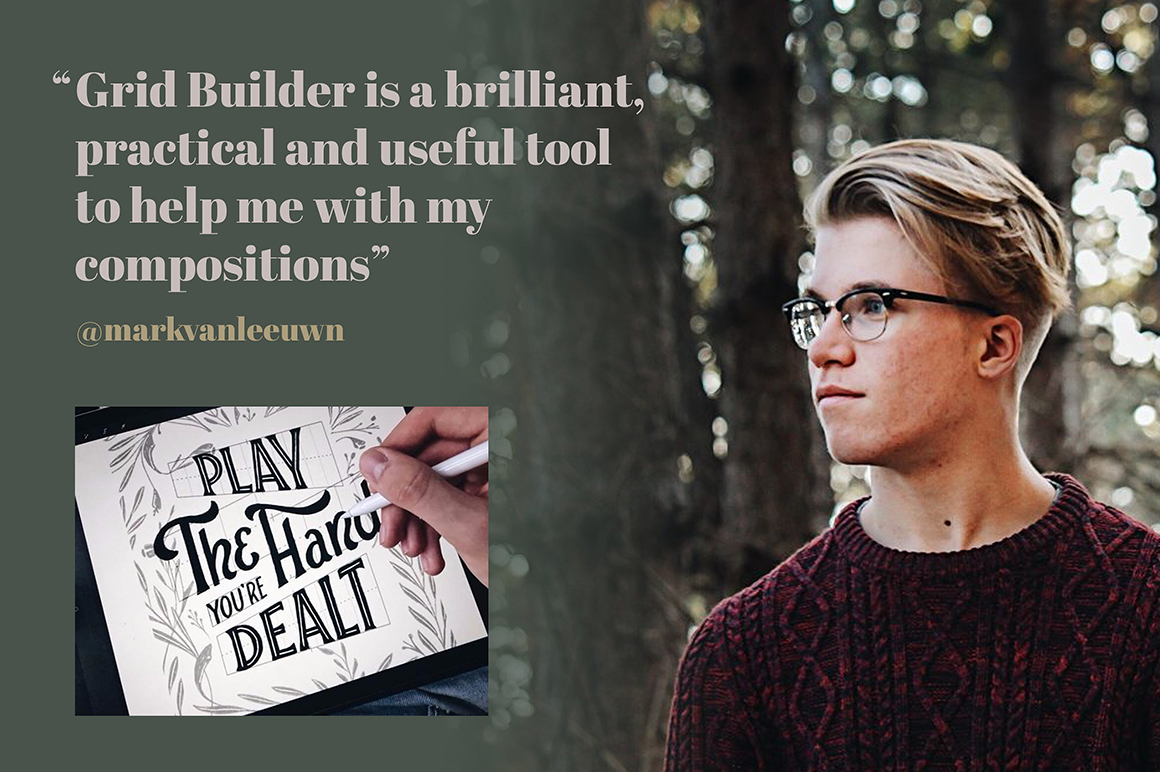
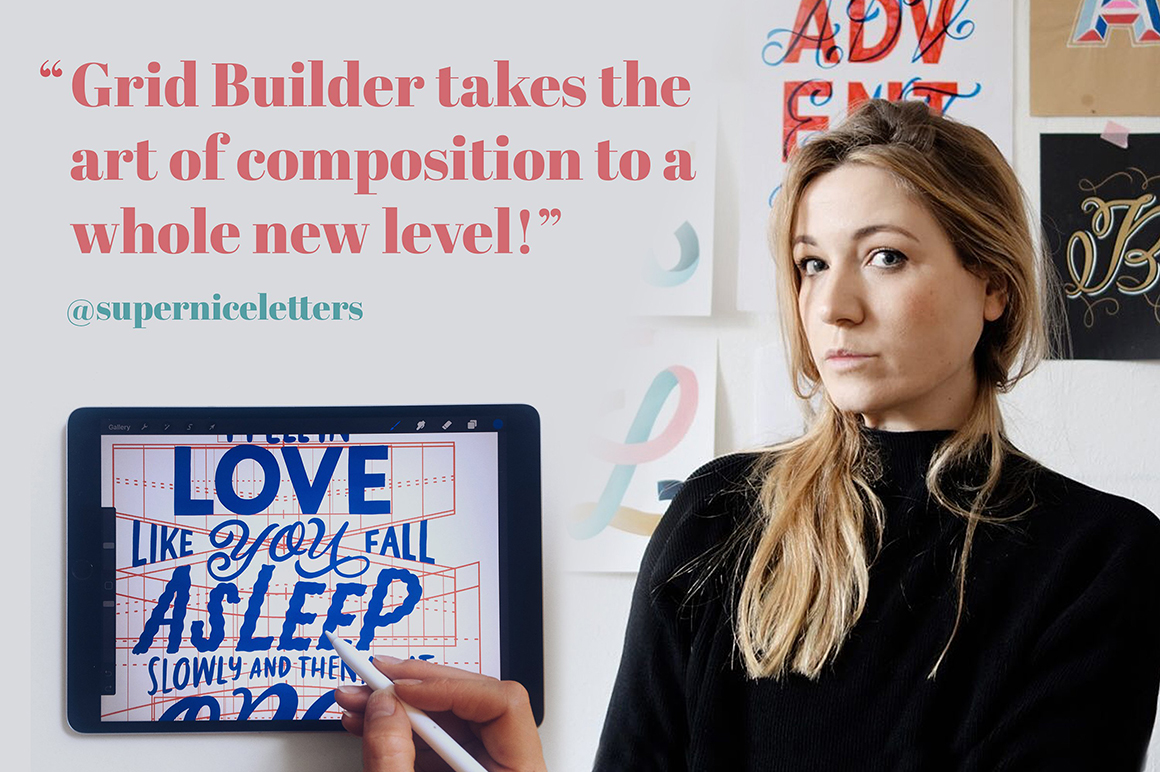
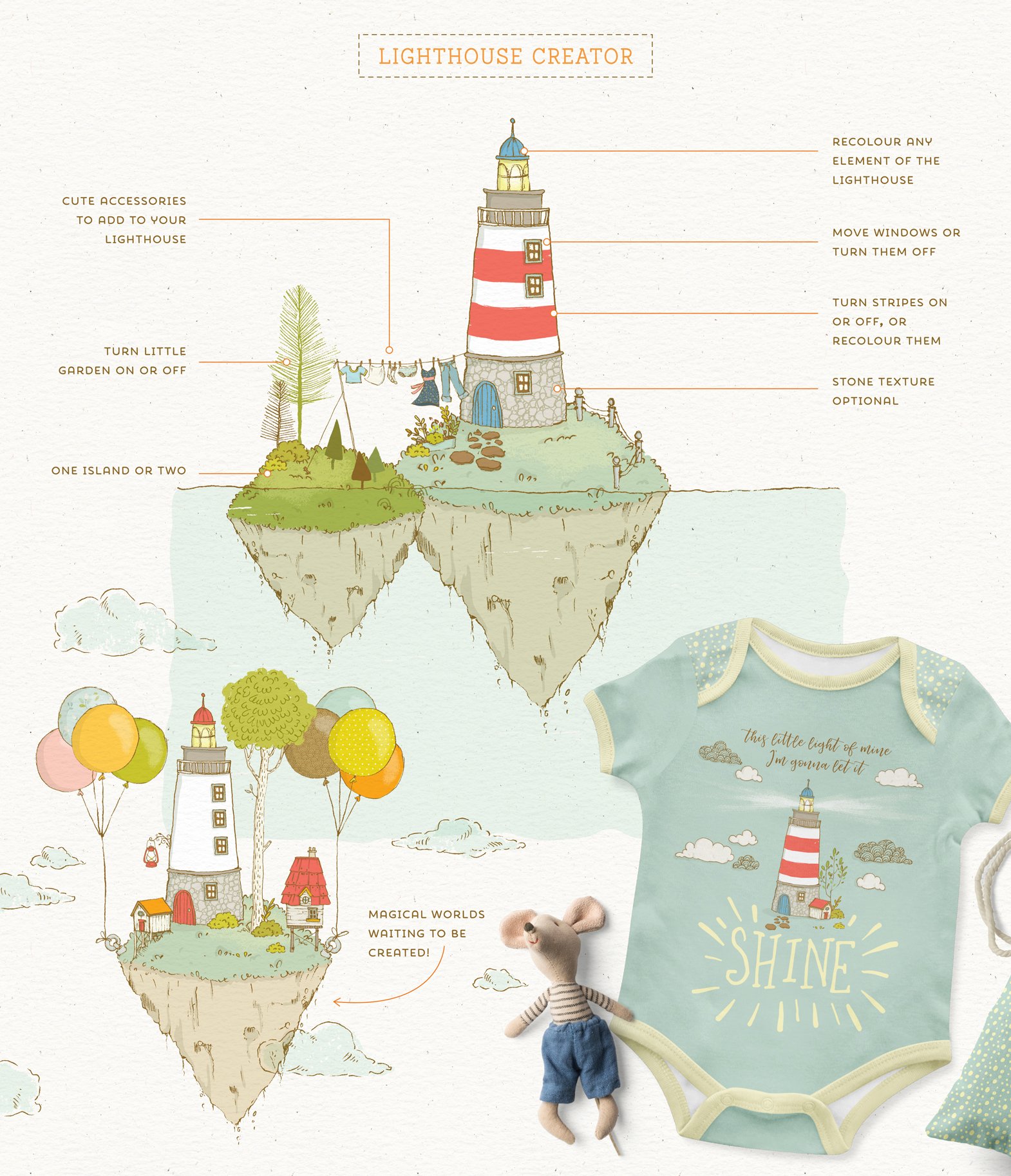
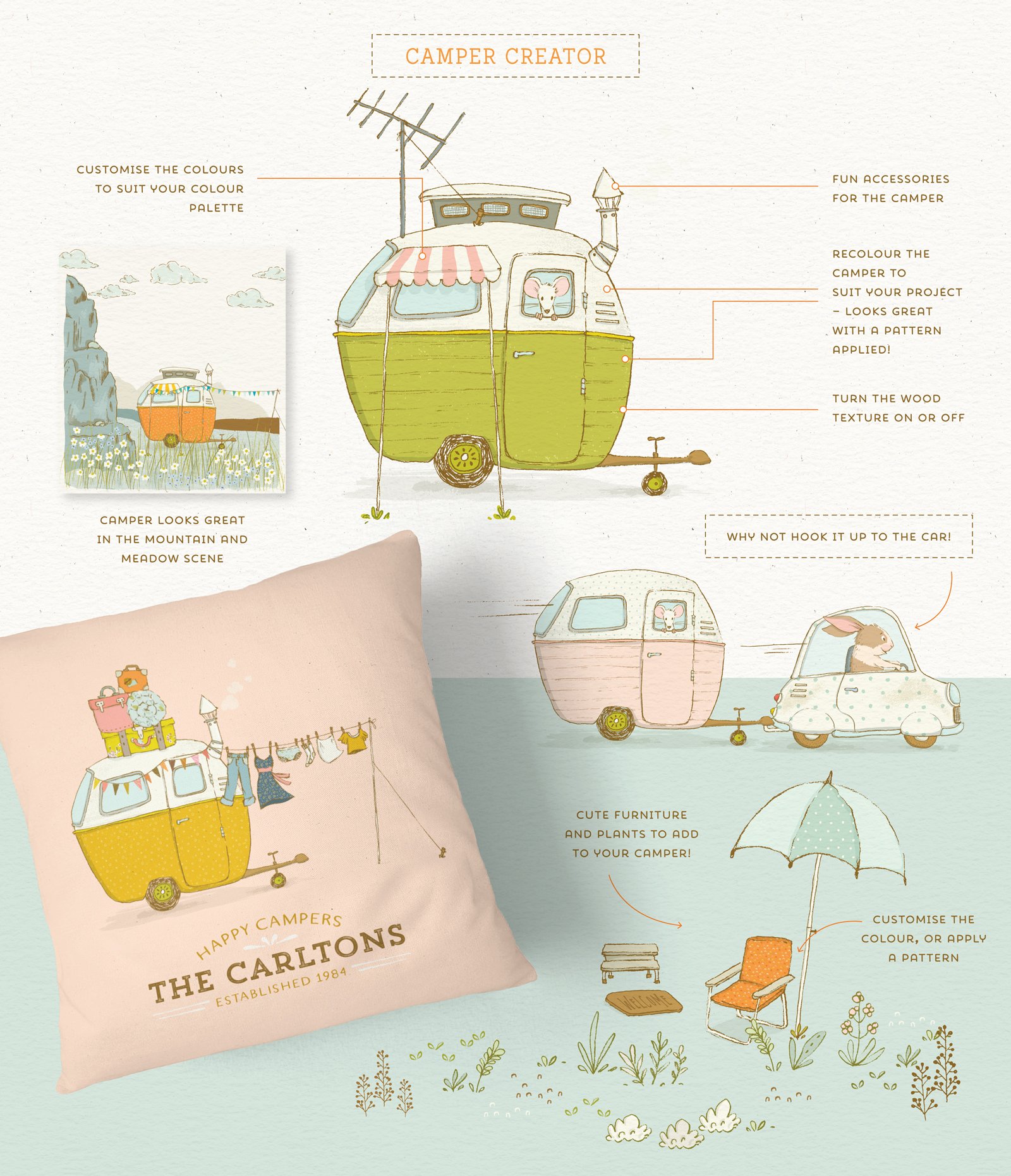
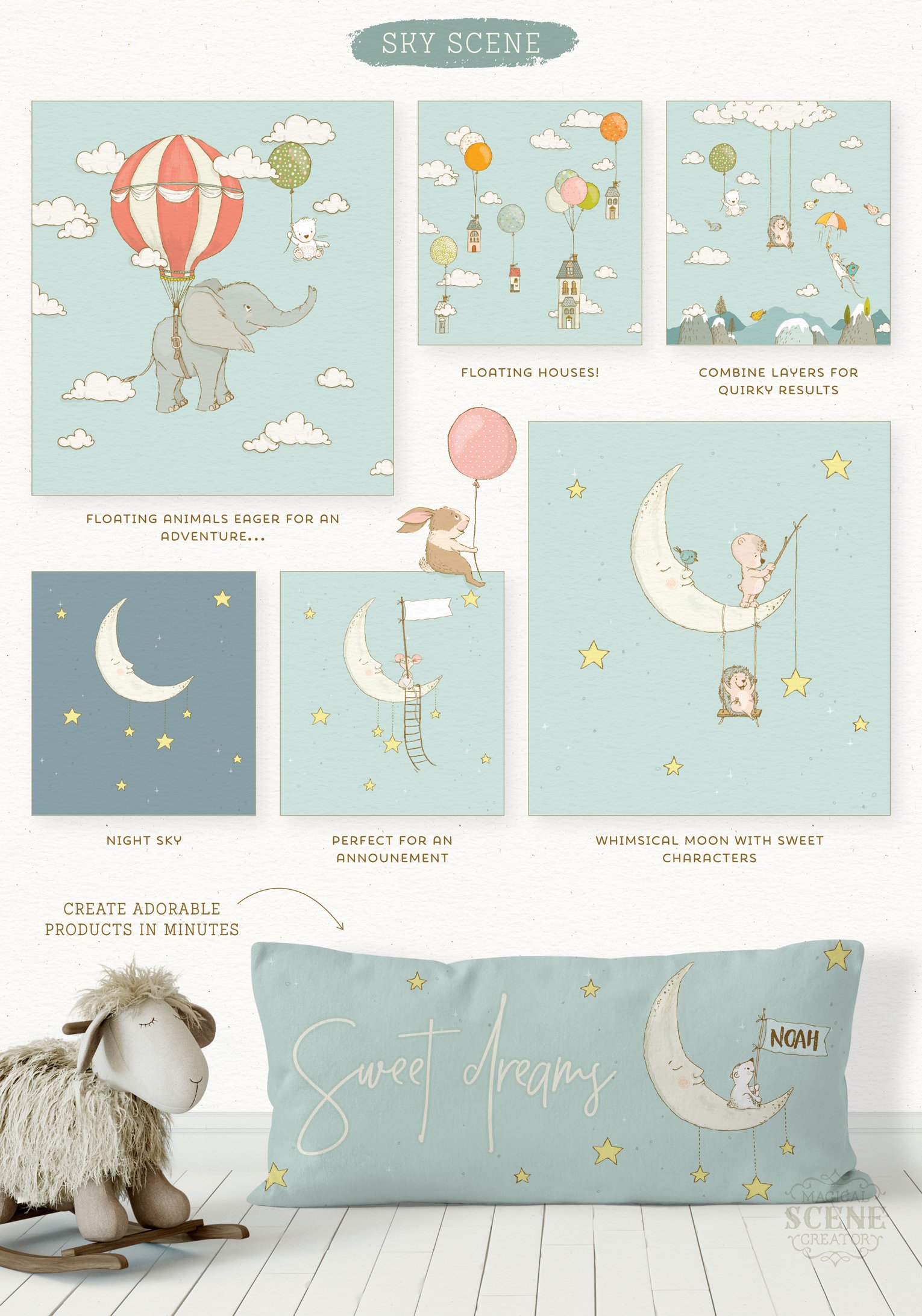
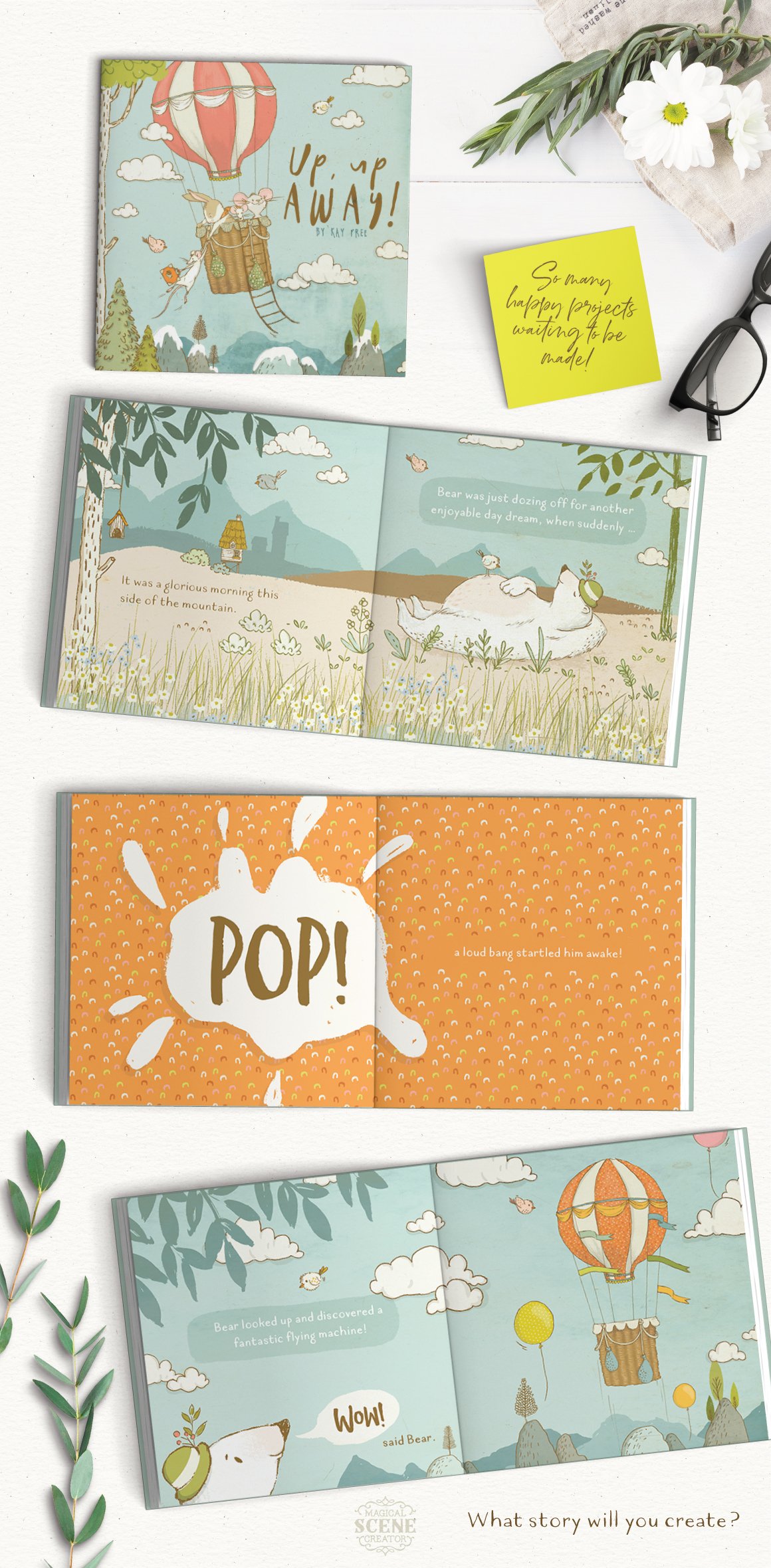


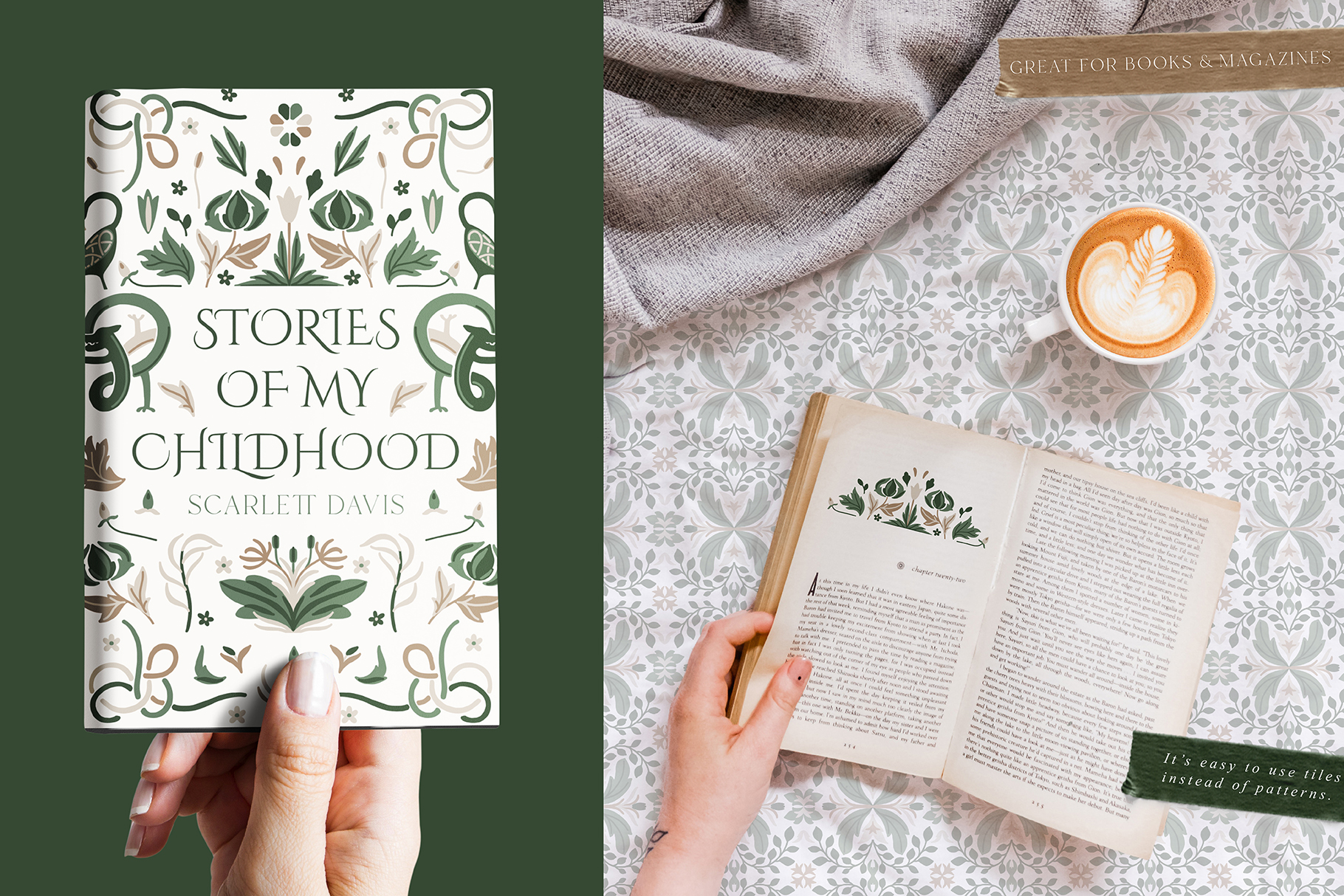


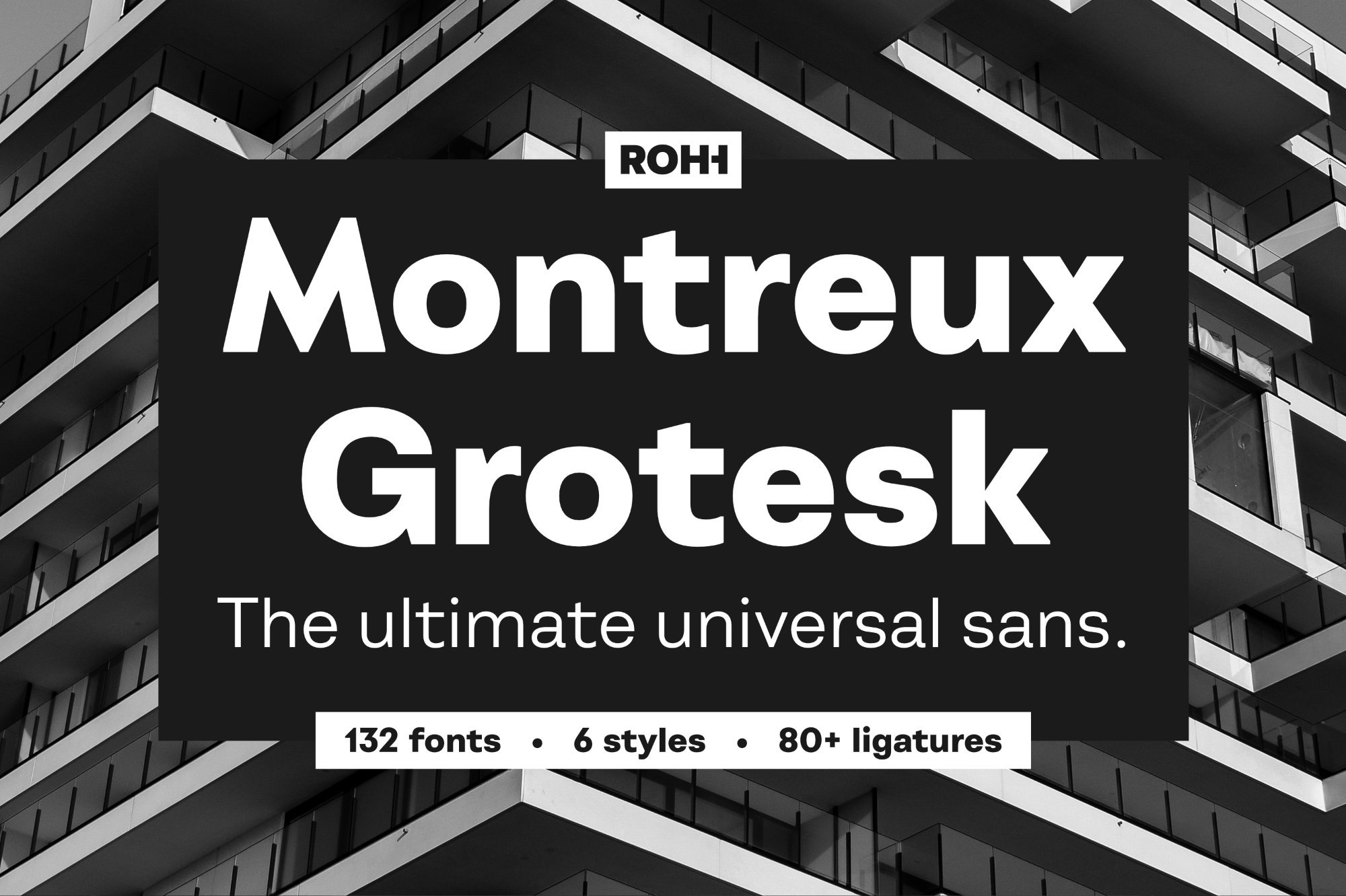
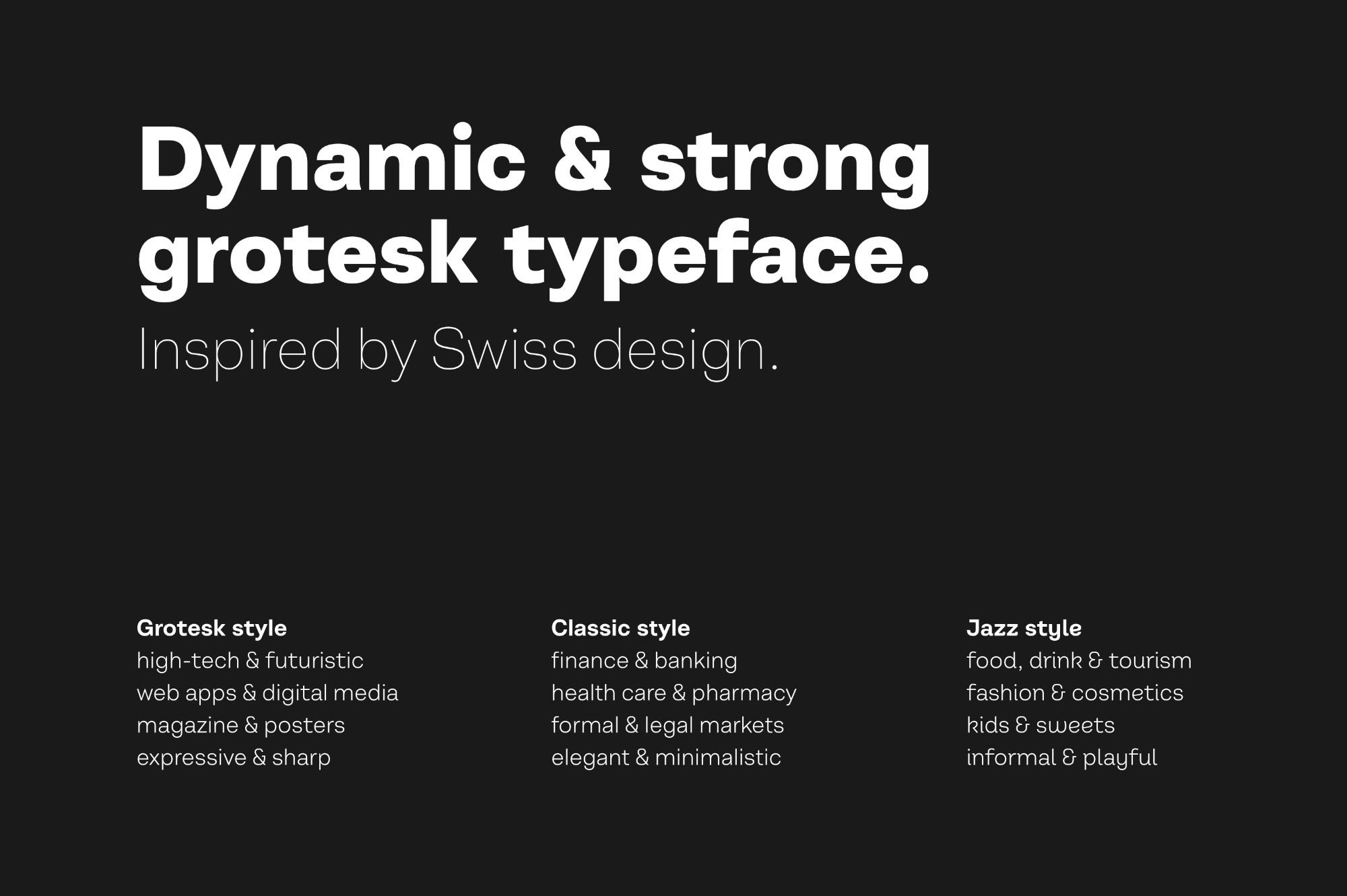
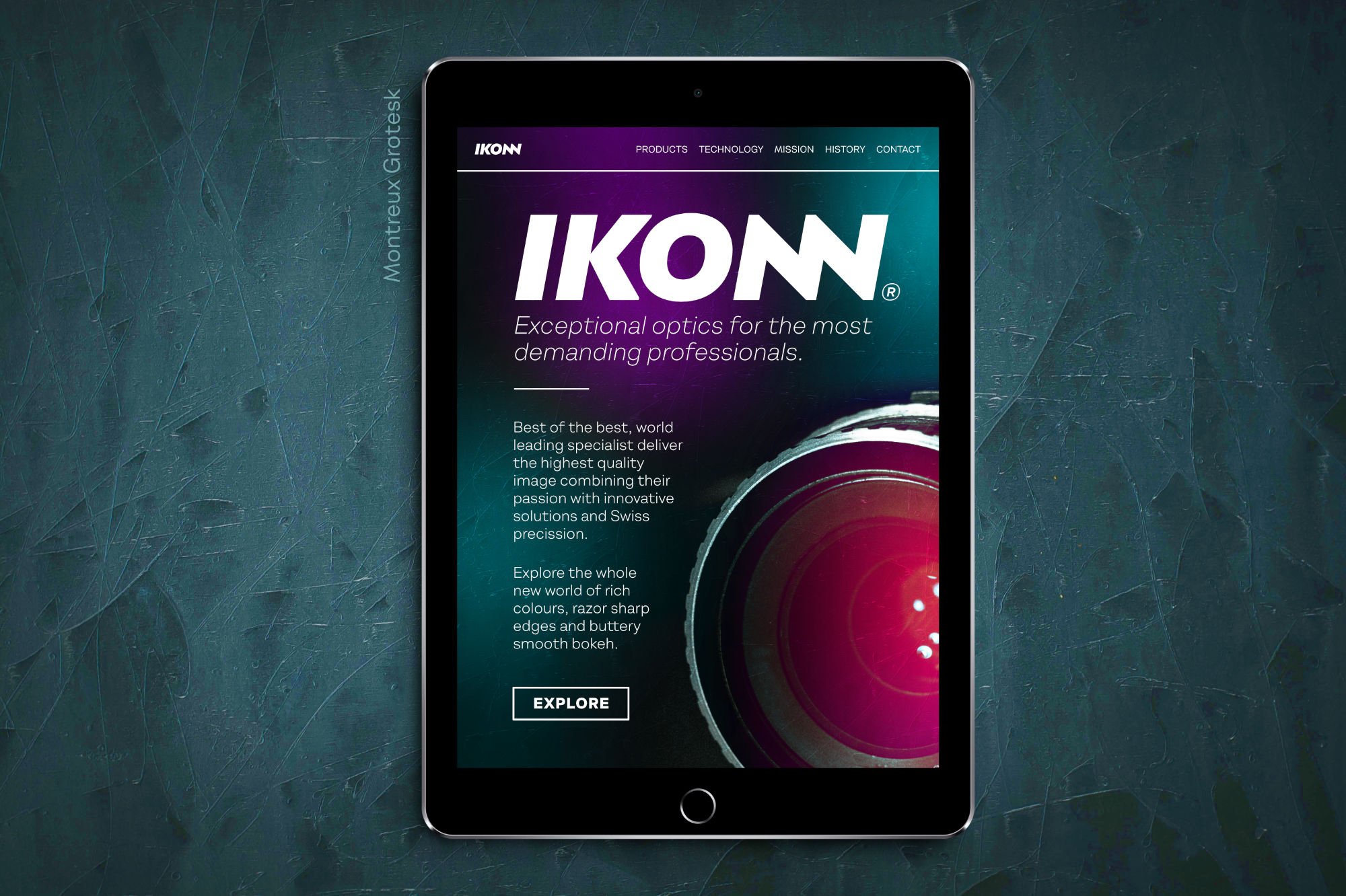
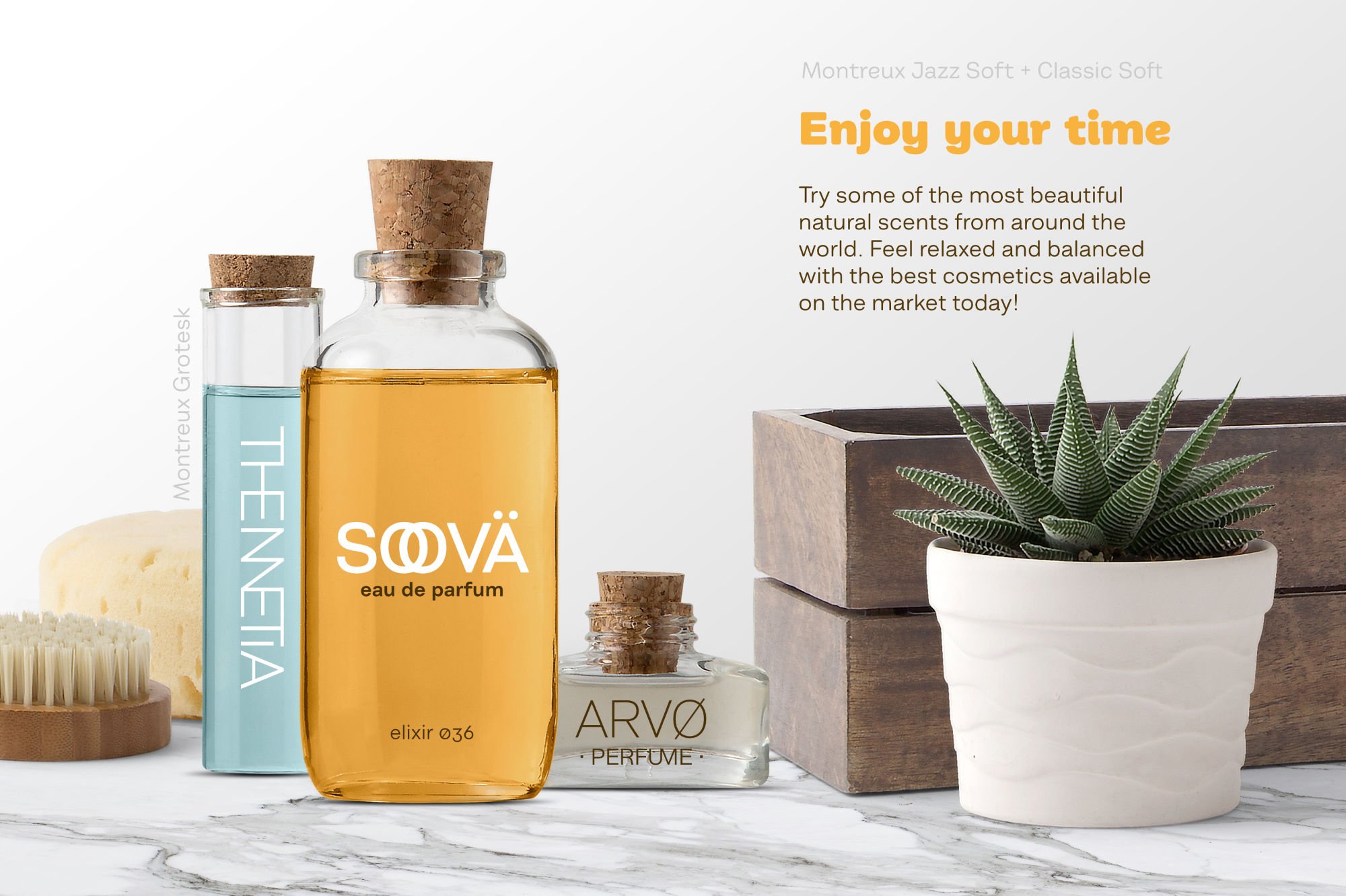
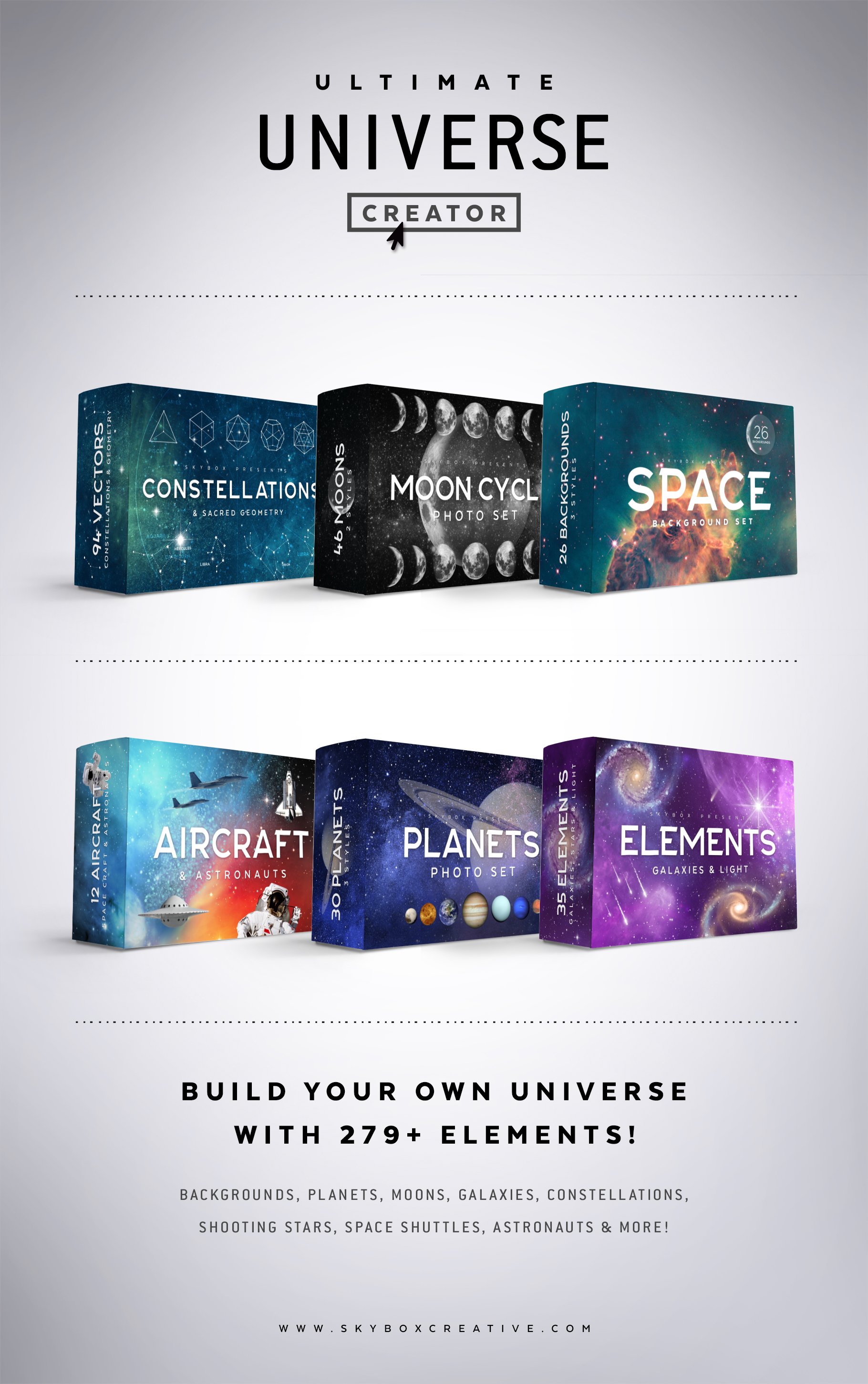
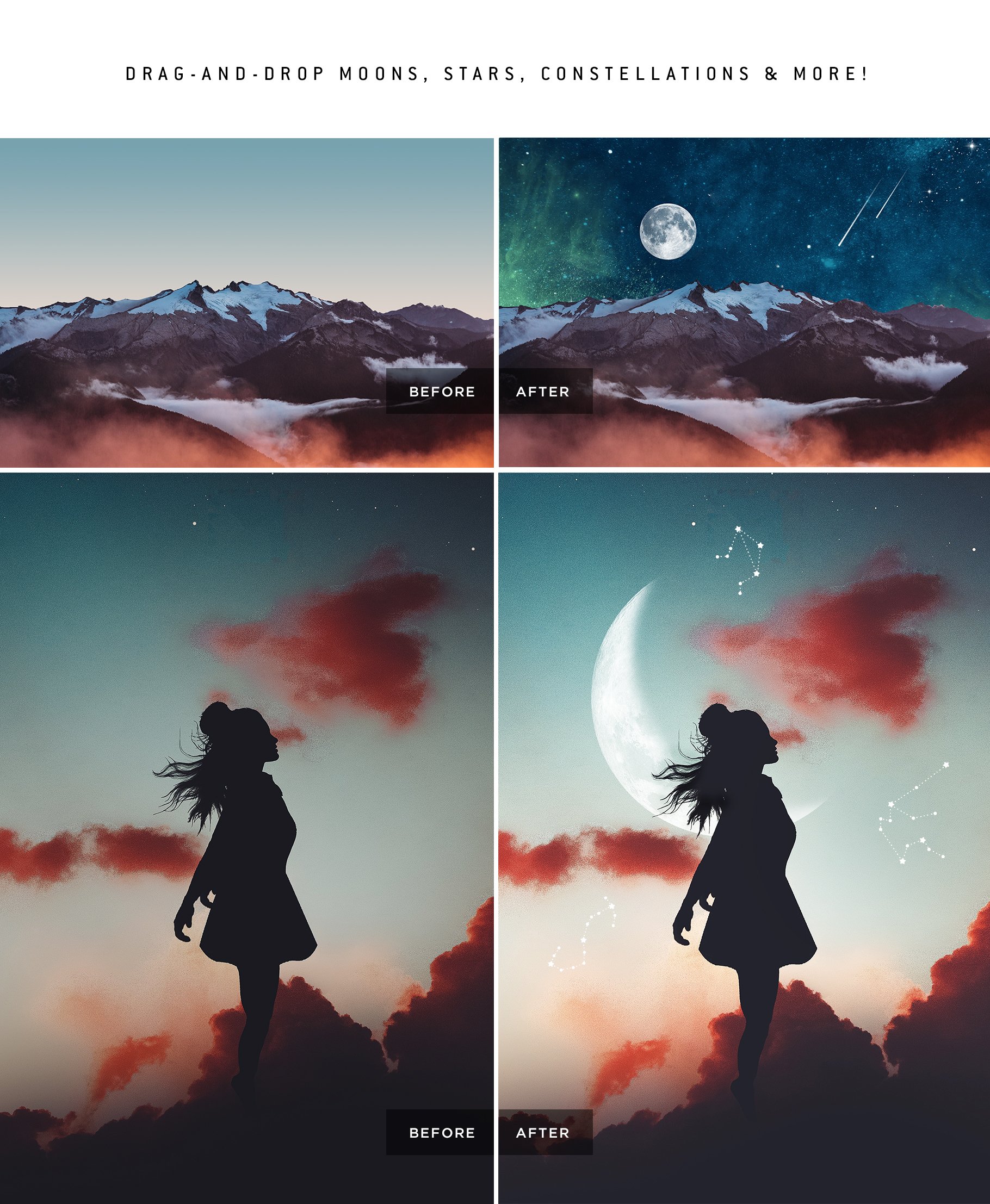
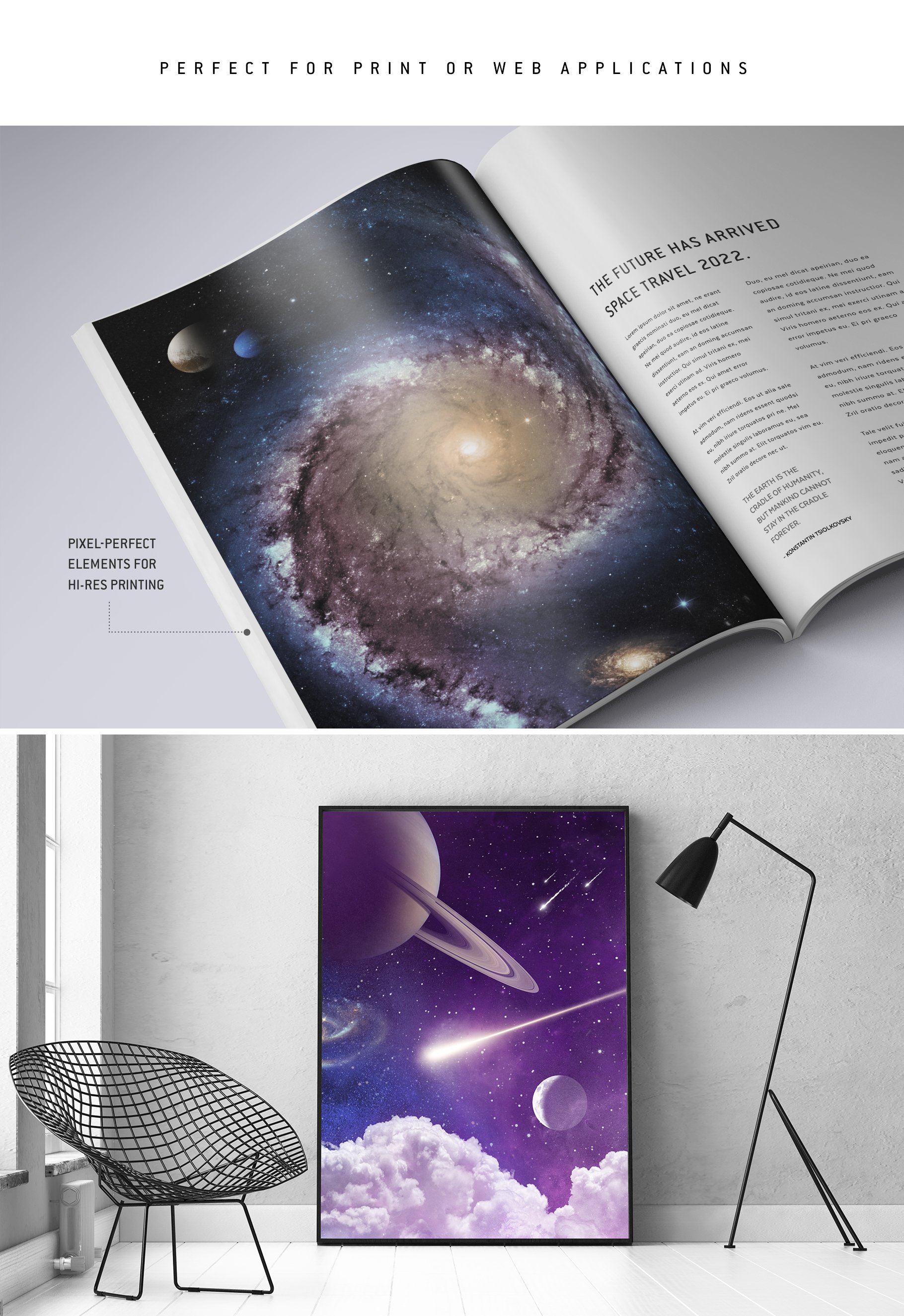
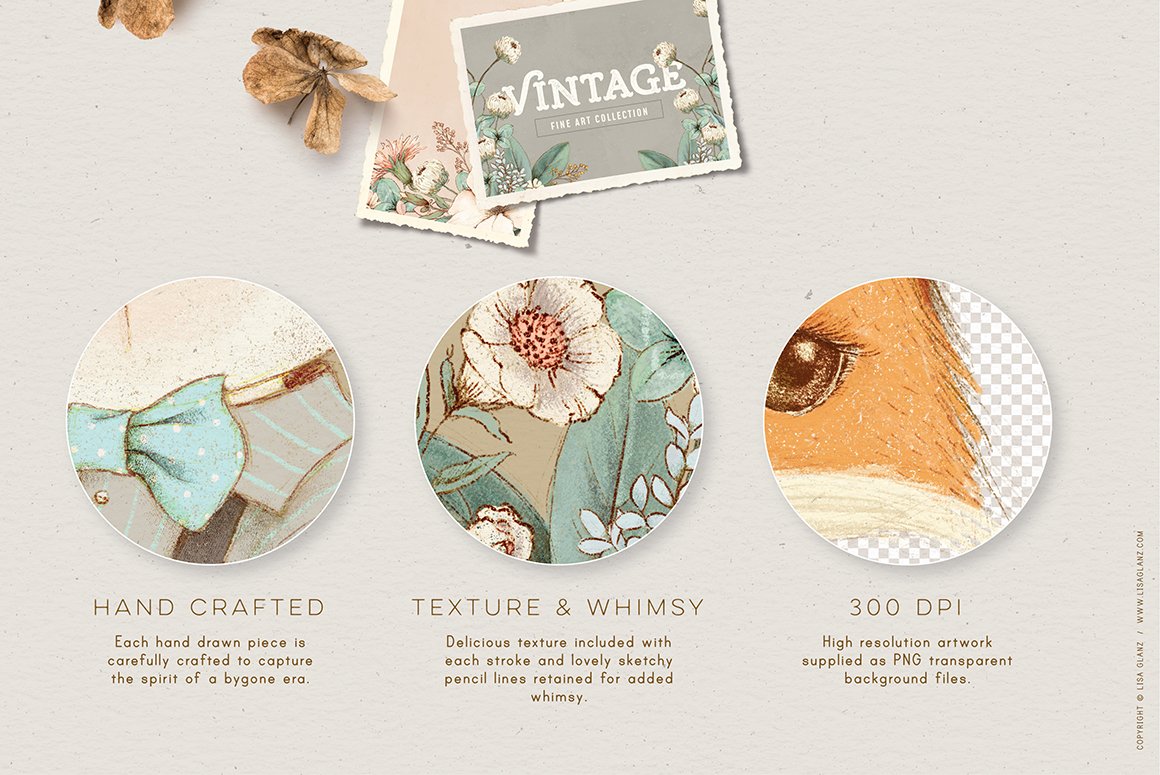
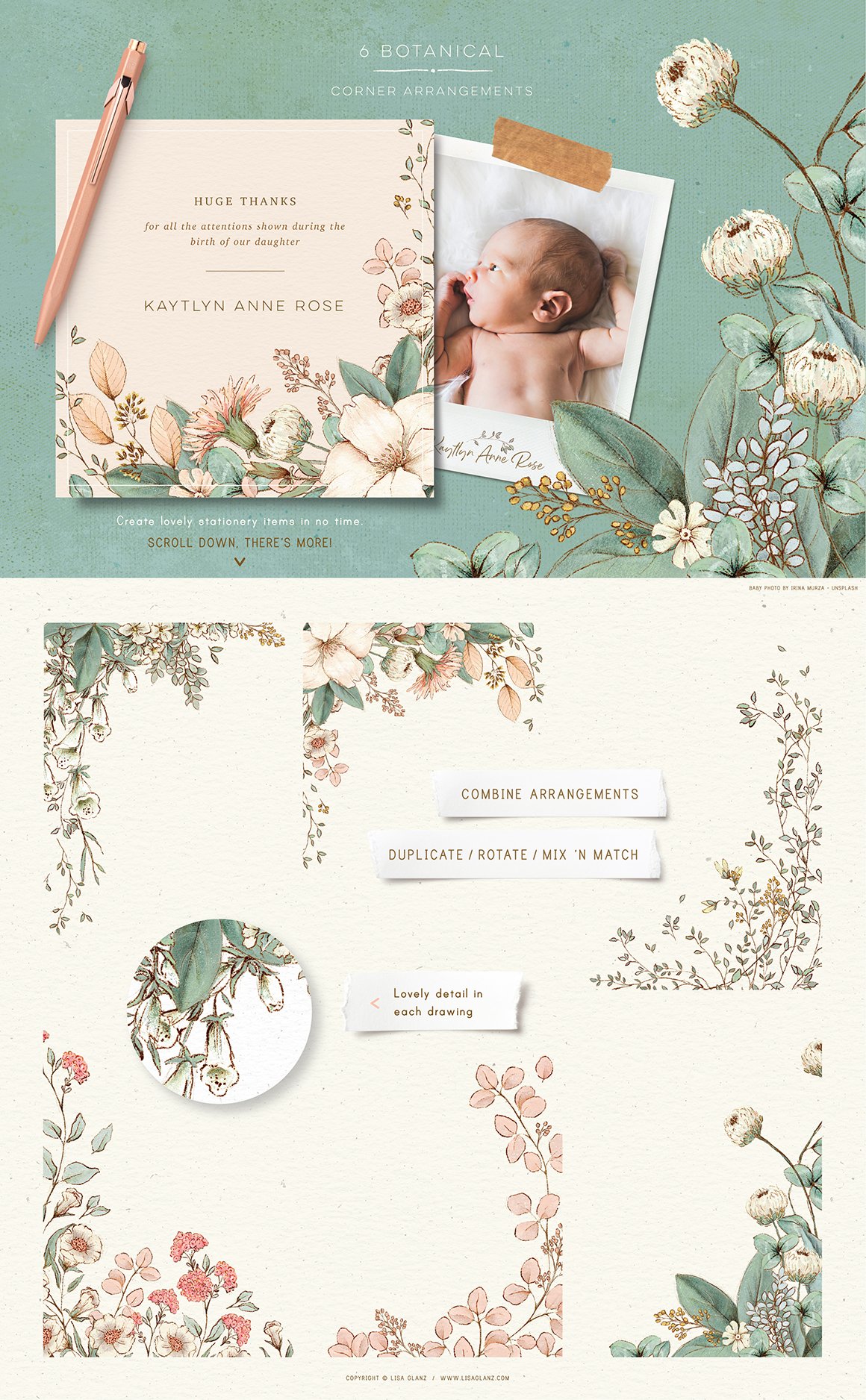




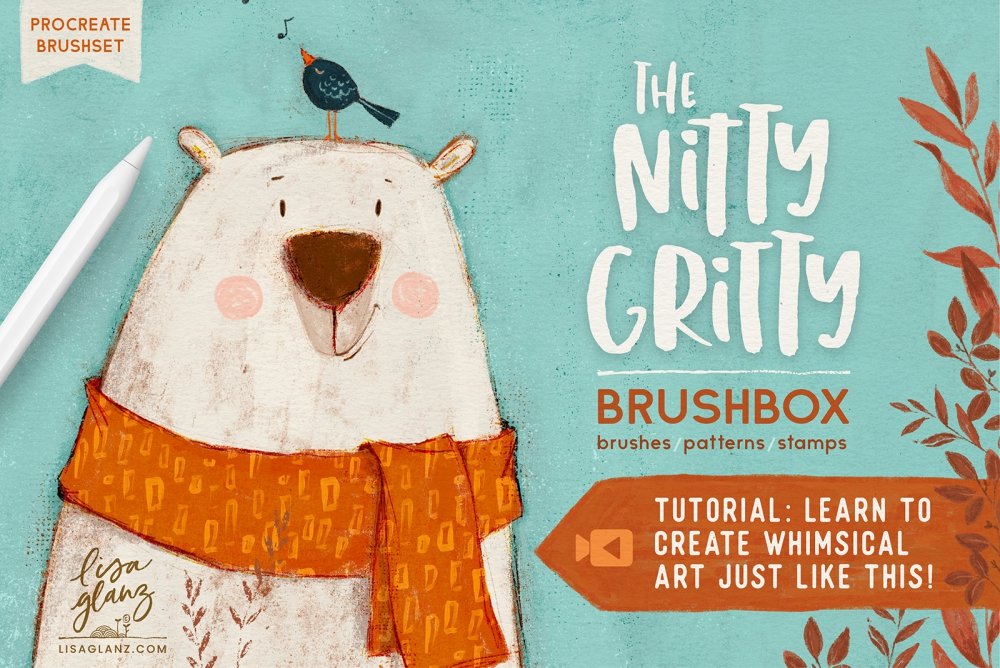
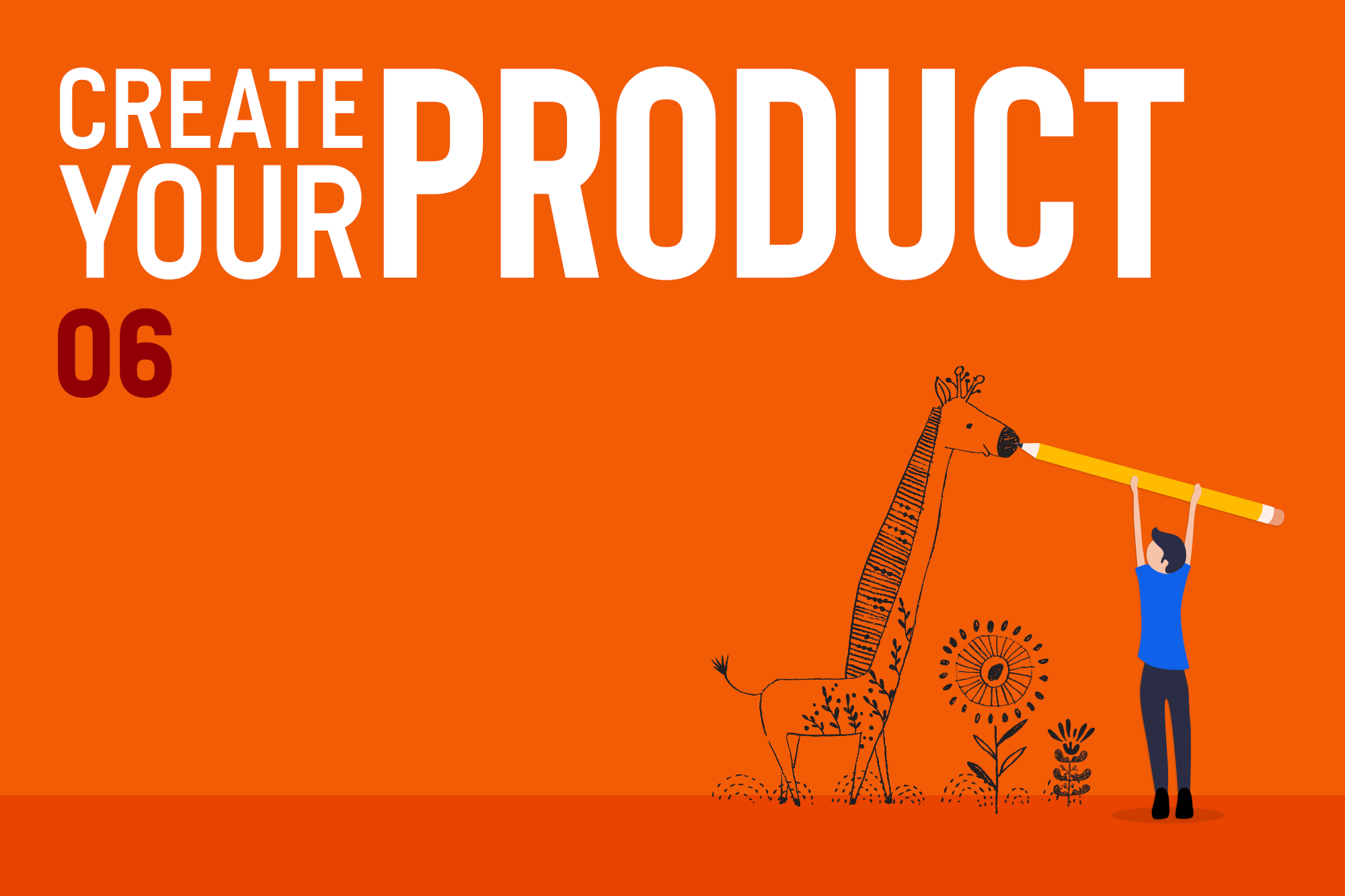
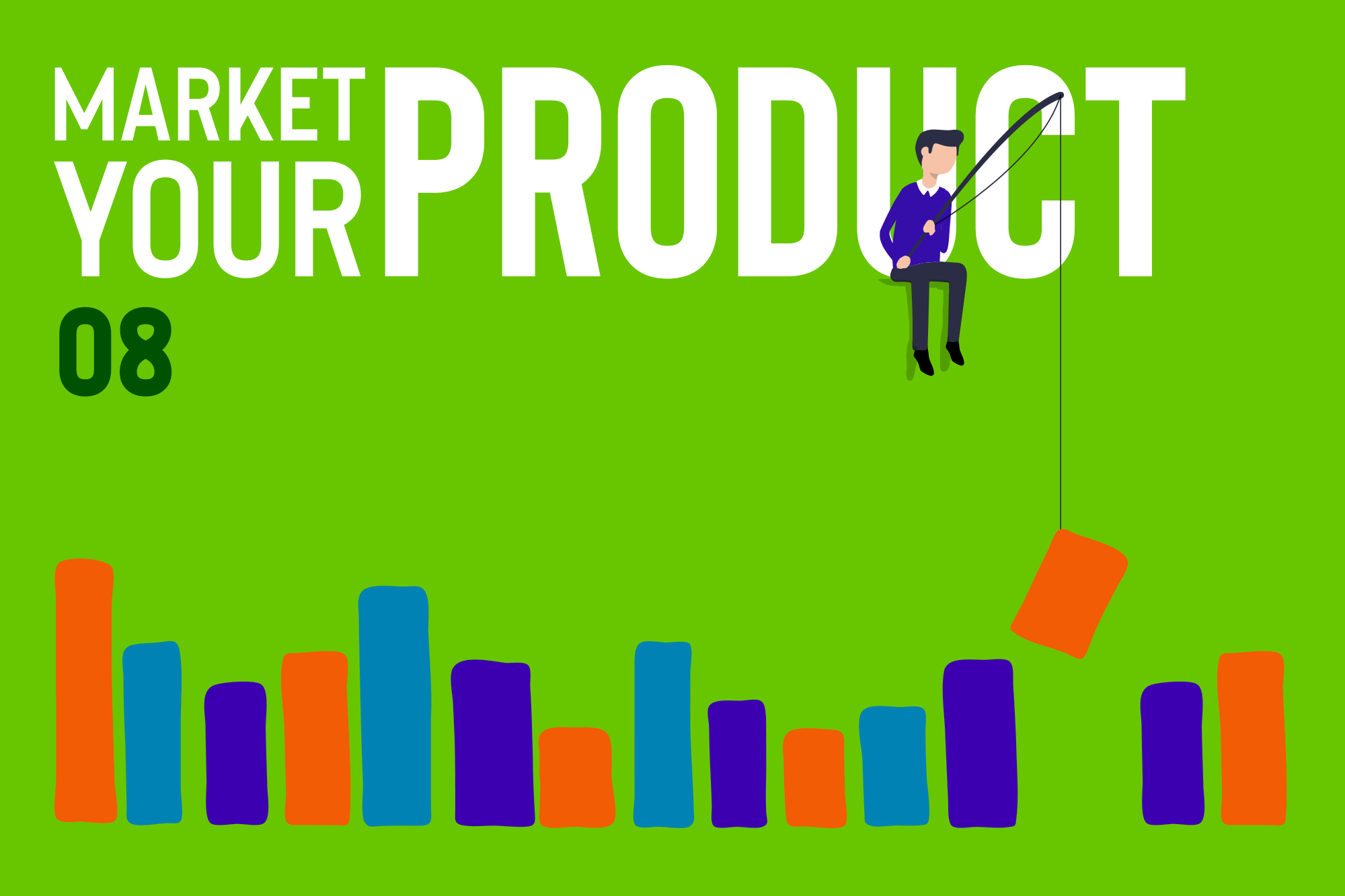
In fact, I only started using technology in general 7 years ago – Generation X ,not that that’s any excuse. Complete Luddite and resistant to change. Thankfully I’ve gotten over that hurdle :D !
Hey Madeleine,
To be designing on digital software like Adobe and Affinity in such a short time after starting to use technology is a steep learning curve and it seems like you are smashing it :). Well done on all of your successes so far and happy designing!
That’s great news!
I’m not on Instagram yet, I will be soon because I want to download your Digital Design Product Cover Templates. My art/paintings for the past decade are available to see on Flickr, Behance and Pinterest but not the stuff that I’ve been working on for the past 2 years because I don’t want to give away too many ideas before I start selling, but it would be fine art textures, PS stamp brushes and work that is similar to your artists in the “Scrapbooking” section like Leslie Nicole, Anna Aspnes, Julie Mead. I am an for artist the past 25 years with a great knowledge of paint and paint-effects, everything I have ever done has been hand painted or printmaking, I only started using design software like Photoshop and Illustrator in the past 5 years and they have really broadened my horizons in the terms of what I can do with my art, I was getting a bit “stuck” and limited with painting. Thank you for replying and I’ll follow you on Instagram when I set it up.
Hey Madeleine,
Thanks for getting back to us and it so wonderful to hear a little more about your design journey. We enjoy hearing from our community about how they started creating and what prompted them to start digital designing and it is amazing to hear about your previous experience in the design world and how you can bring that experience into the new medium.
We can’t wait to check out your work. :)
Thanks Zack, it was a steep learning curve for me indeed! I look forward to sharing my work soon in the new year, meanwhile keep up the good work at Design Cuts, you’re all doing great!
Best design site ever for digital resources, tutorials, advice and freebies :)
Hey Madeleine,
Thanks for getting back to me and we look forward to seeing your work in the new year :)
Hi Matt, thank you for sharing your design insights and invaluable information with us in the Product Academy. I am a regular purchaser on Design Cuts but intend to submit some of my products to Design Cuts early next year. They are fine-art/painterly based and I’m currently working on my preview pics, presentation cover and writing content and following all advice here before I submit anything. I also watch the Live Sessions when I can or the replays if I can’t make the live shows. I was watching the replay of the “Digital Design Cover Design” webinar (19th Nov), and although the Product Academy is promoted on it, it’s difficult to find on the main Design Cuts site. I typed it into the search bar on the main site to no avail, then I went into the Learning Hub and still couldn’t find it. Luckily I had bookmarked the page from a previous live session and was able to find it, but it’s not easy to find.
Thanks again for sharing your knowledge of the industry.
Thank you so much Madeleine – it’s really kind of you to say so, and I’m so glad you’re enjoying the Product Academy! We’re due for a refresh of the front end of our learning section, where the Product Academy will be promoted lots more! :) We’ll also be launching the section officially which will be great – as, it is a little hidden away currently!!
I can’t wait to see your products on Design Cuts – and please do reach out and say hello via Instagram too @mattslightam :D